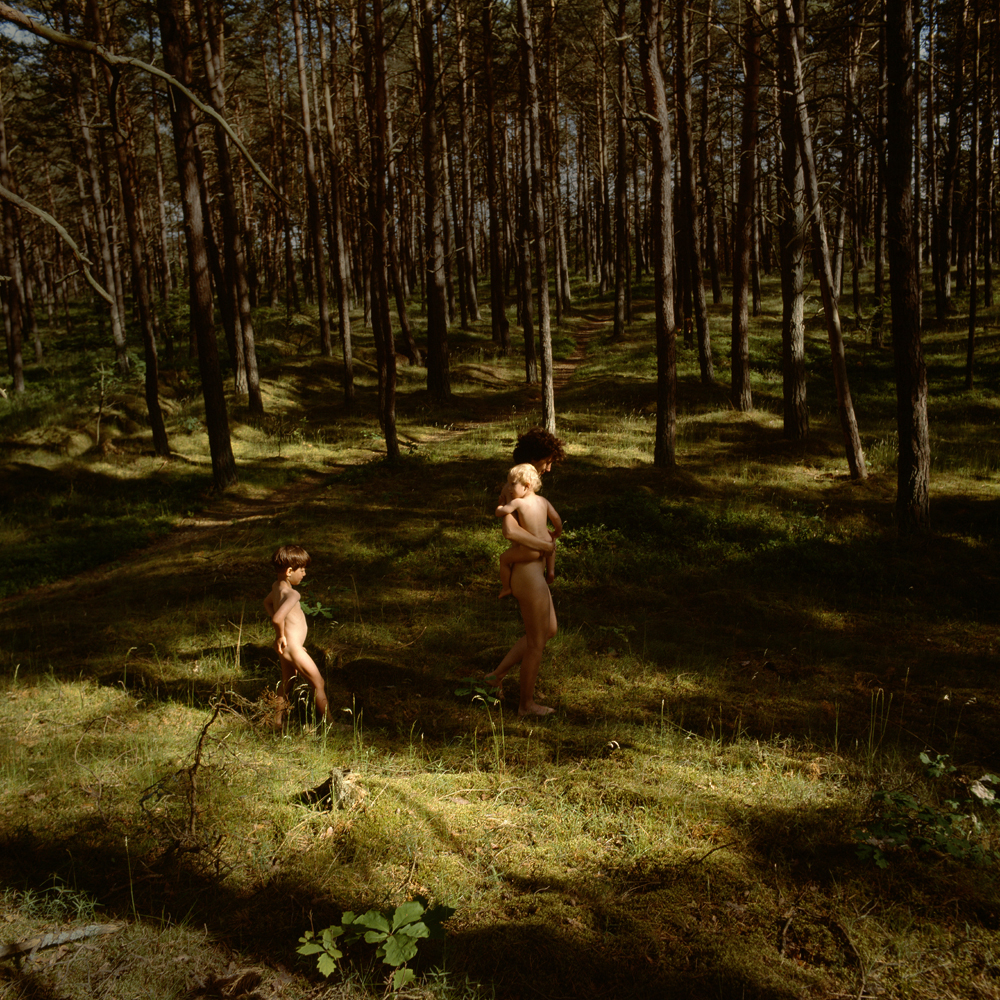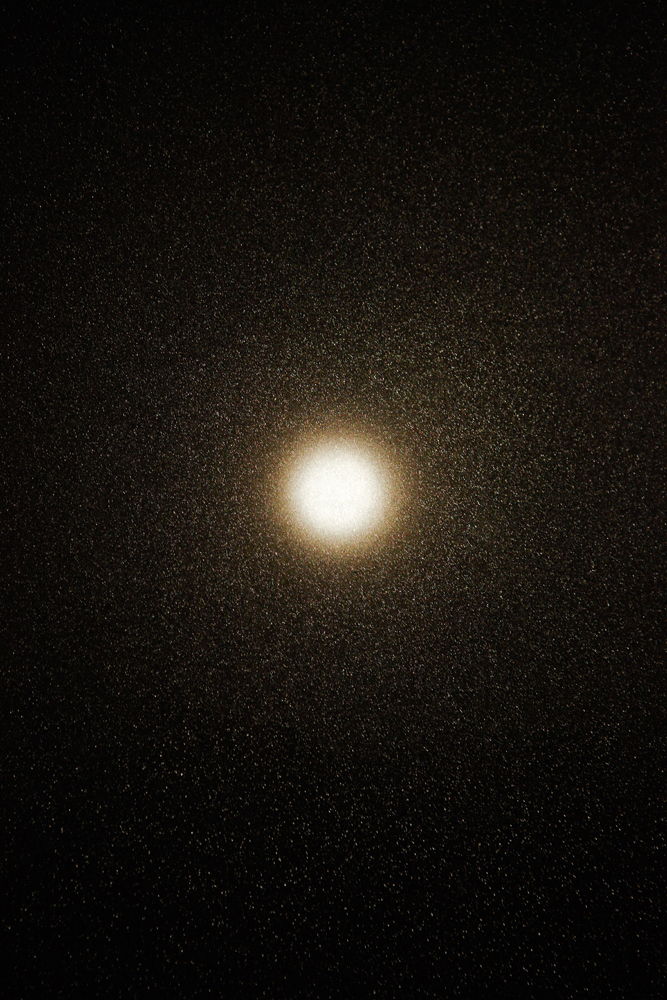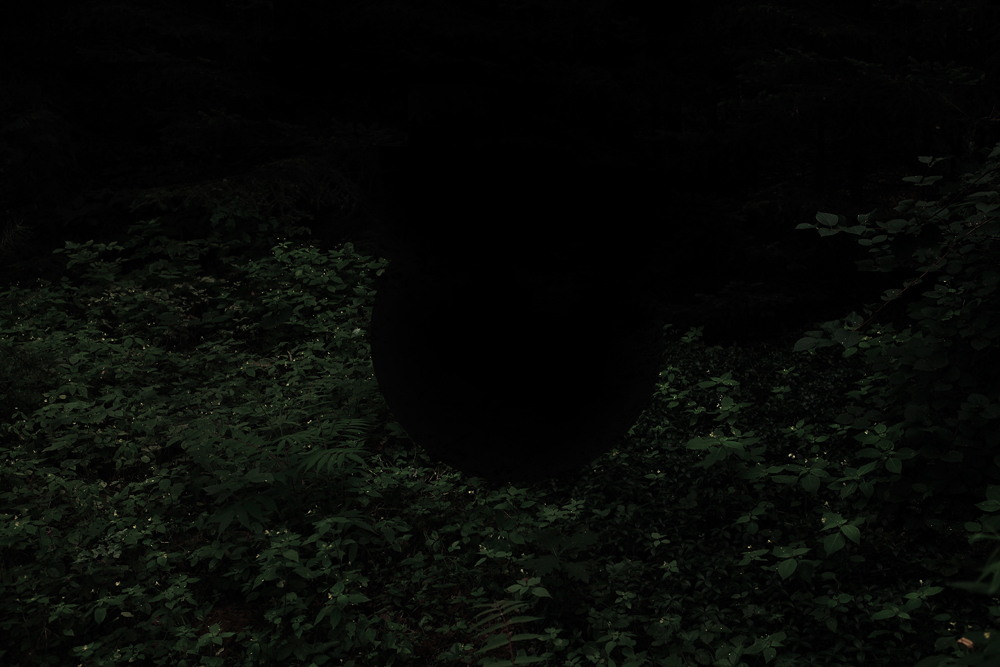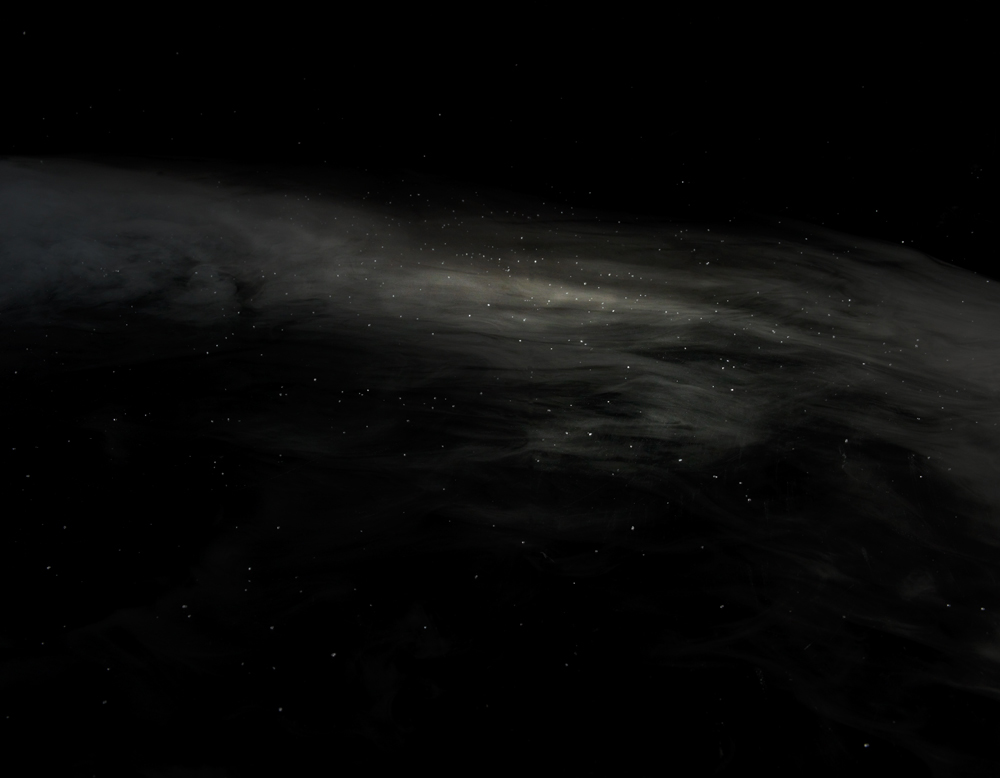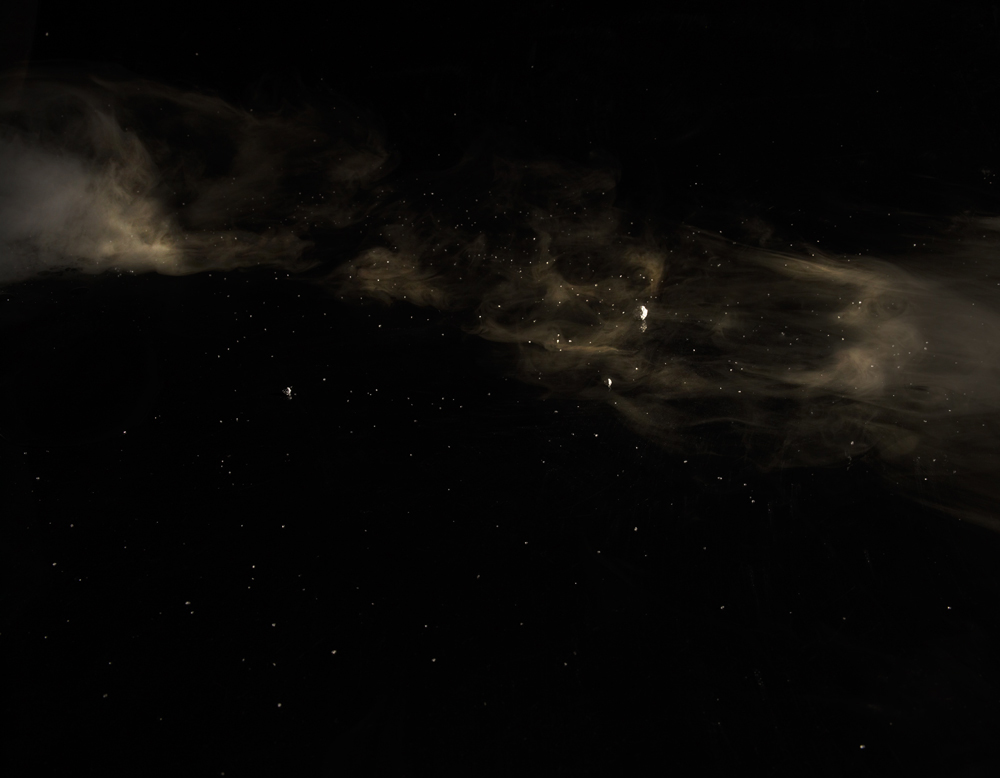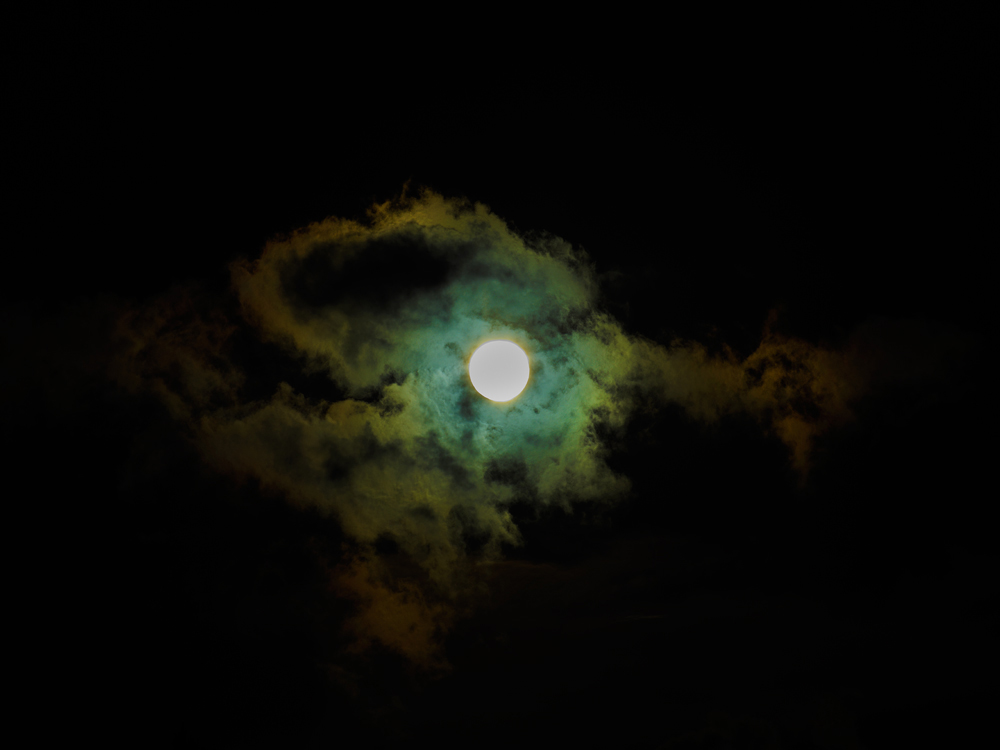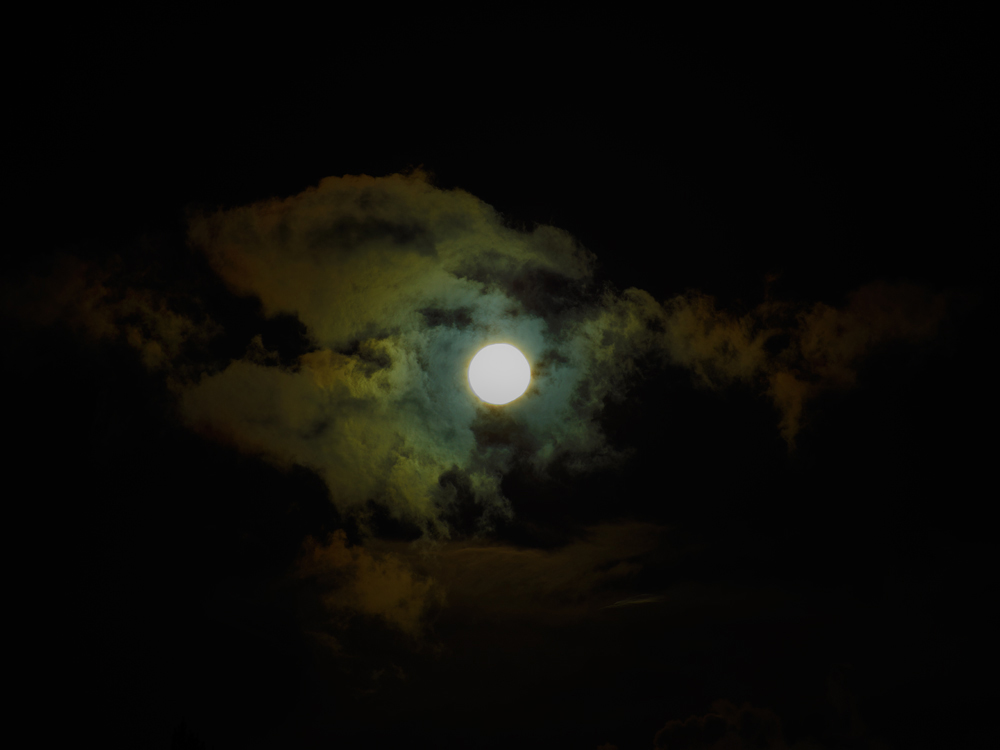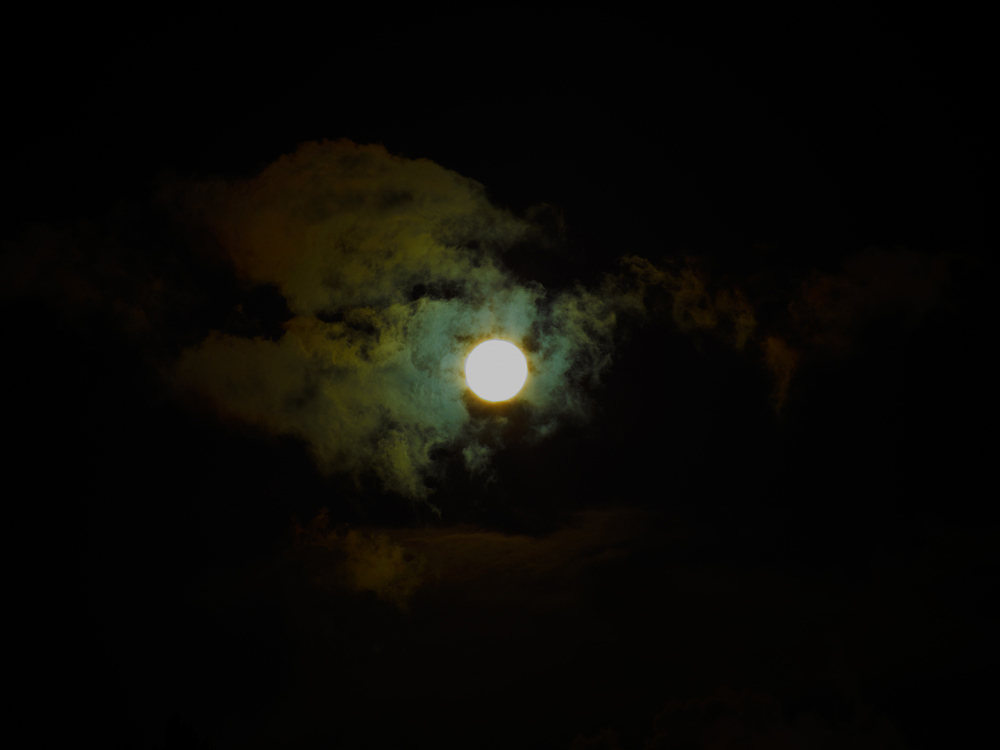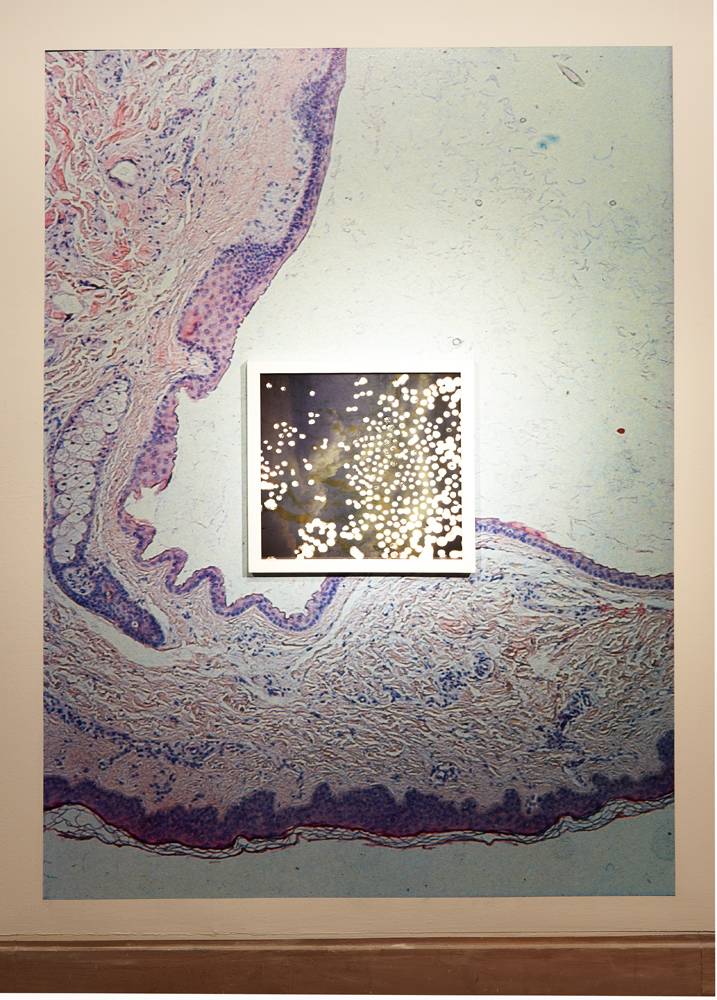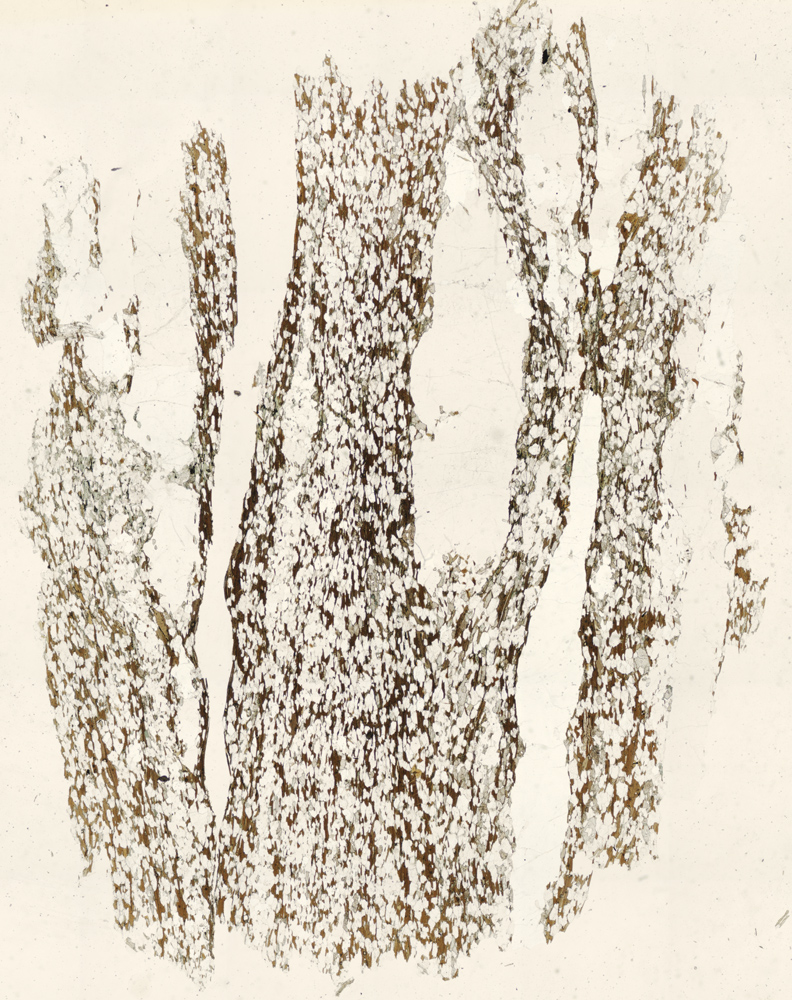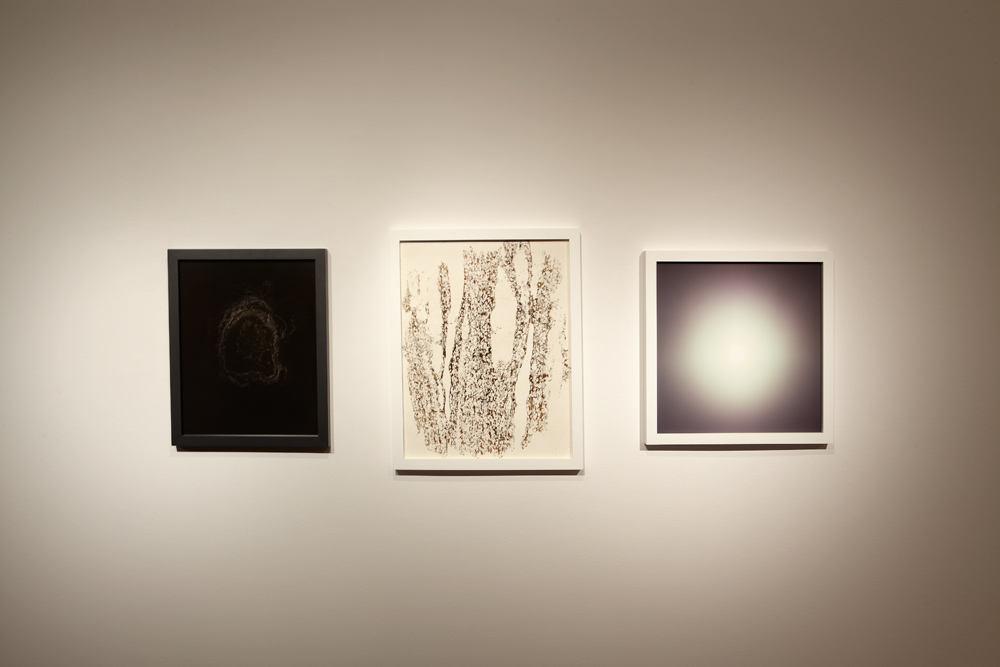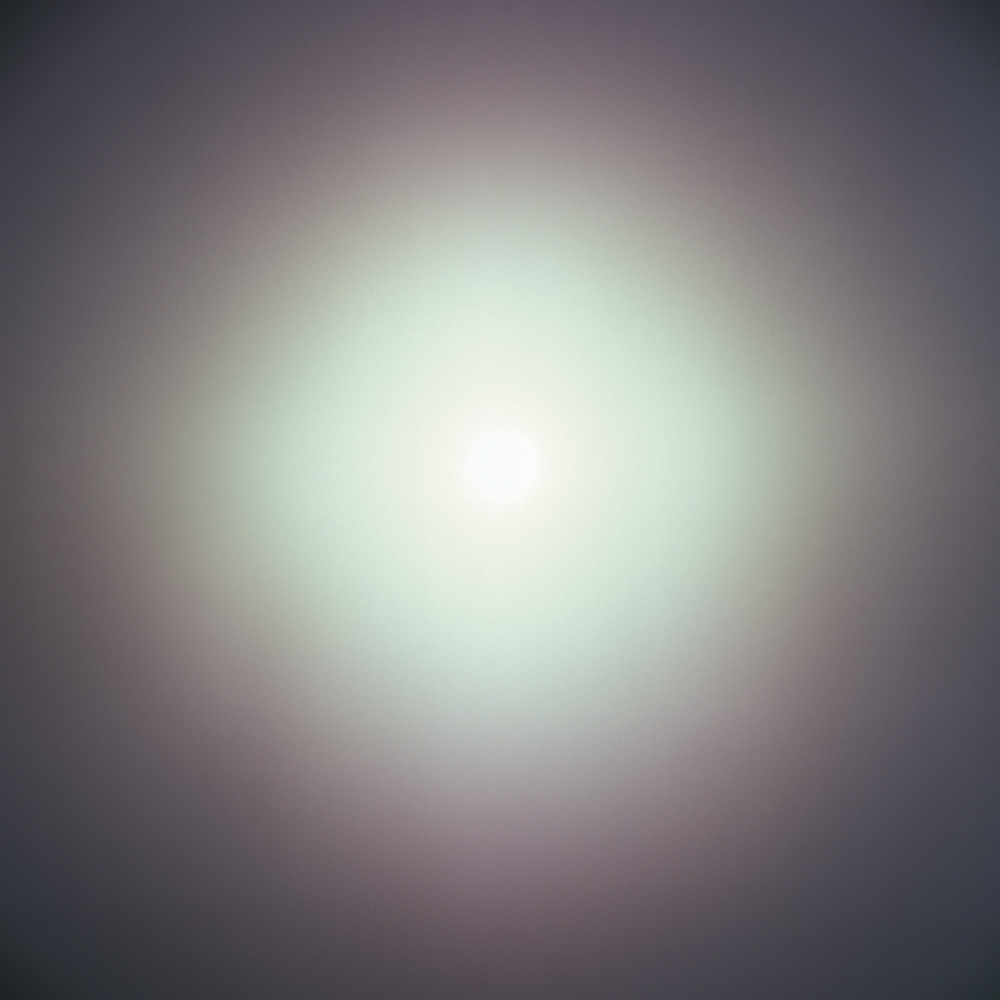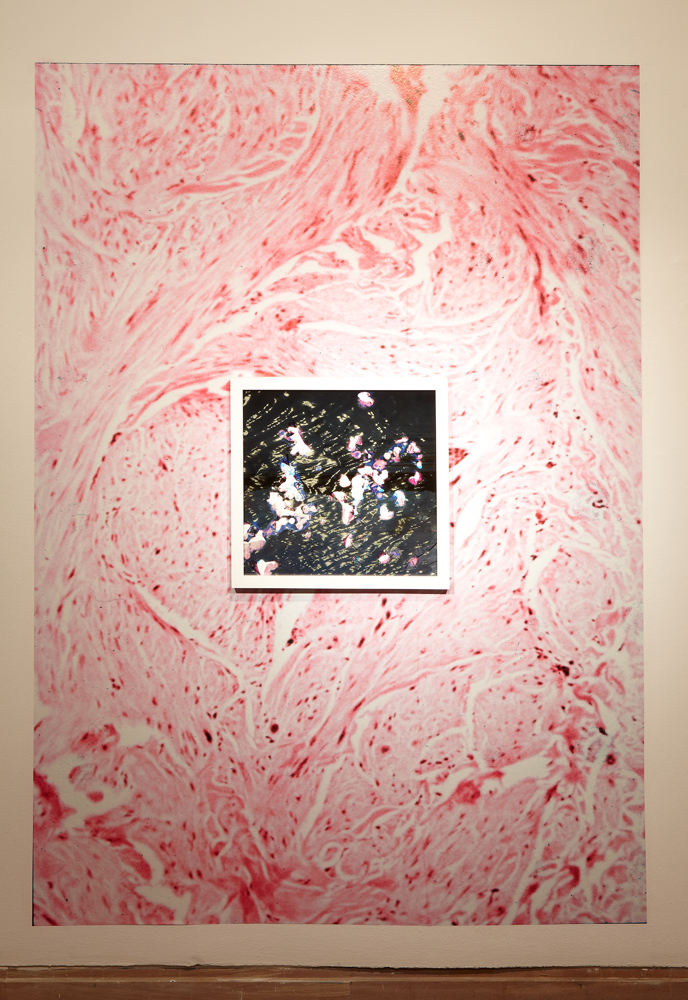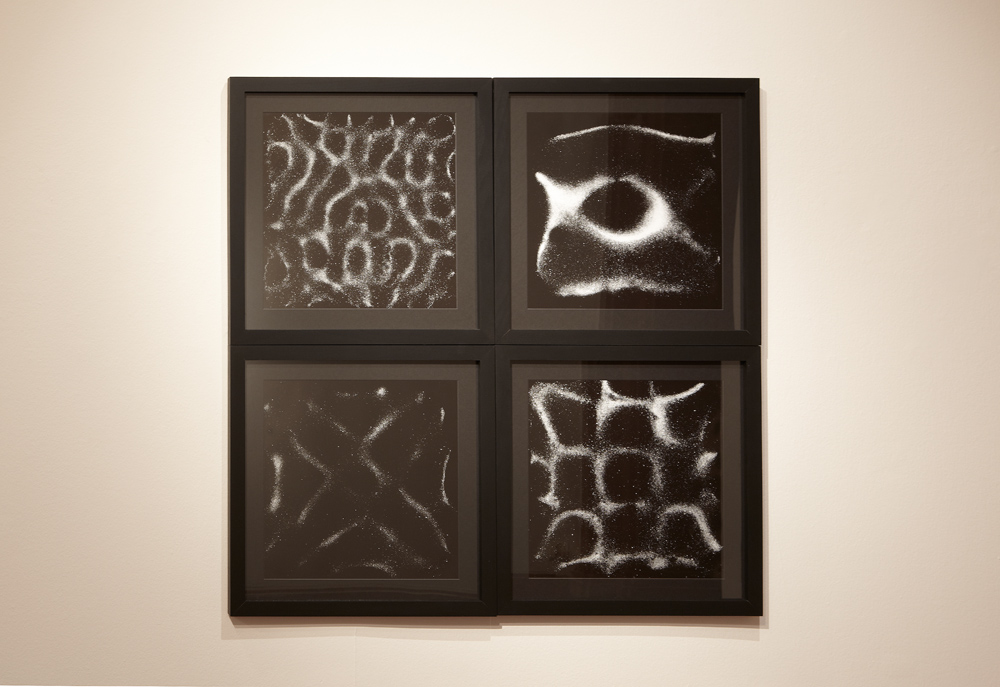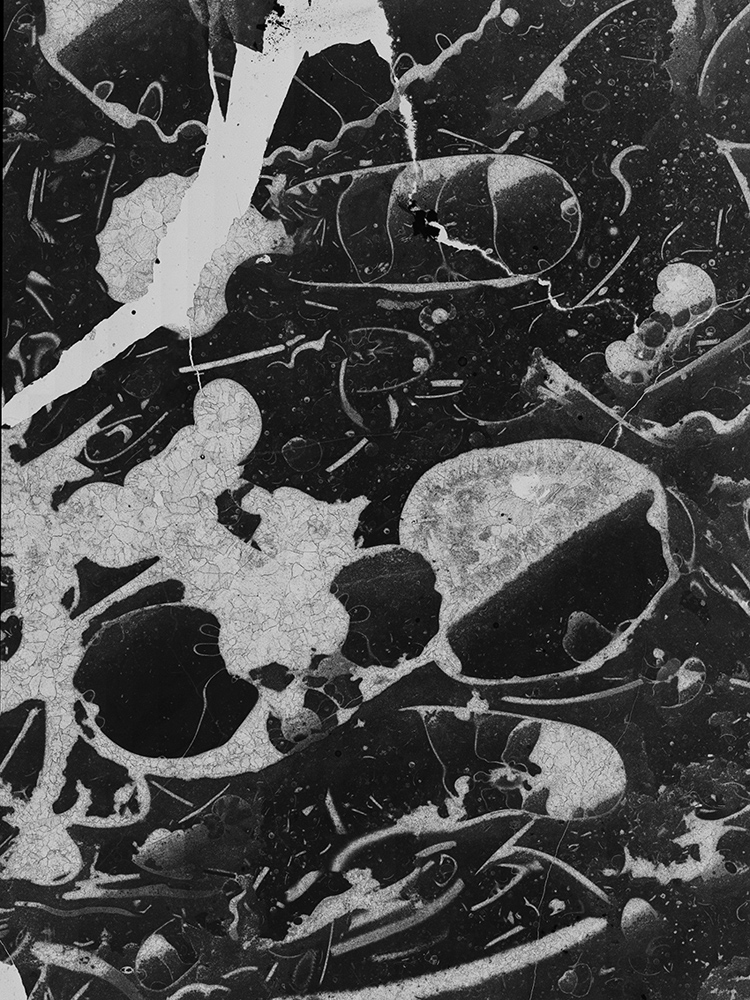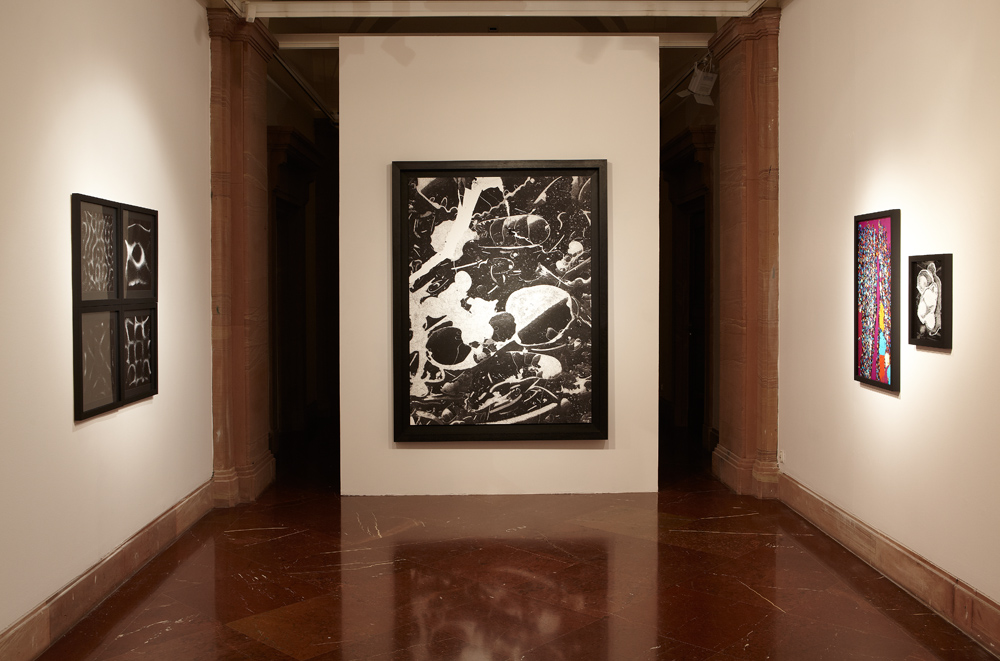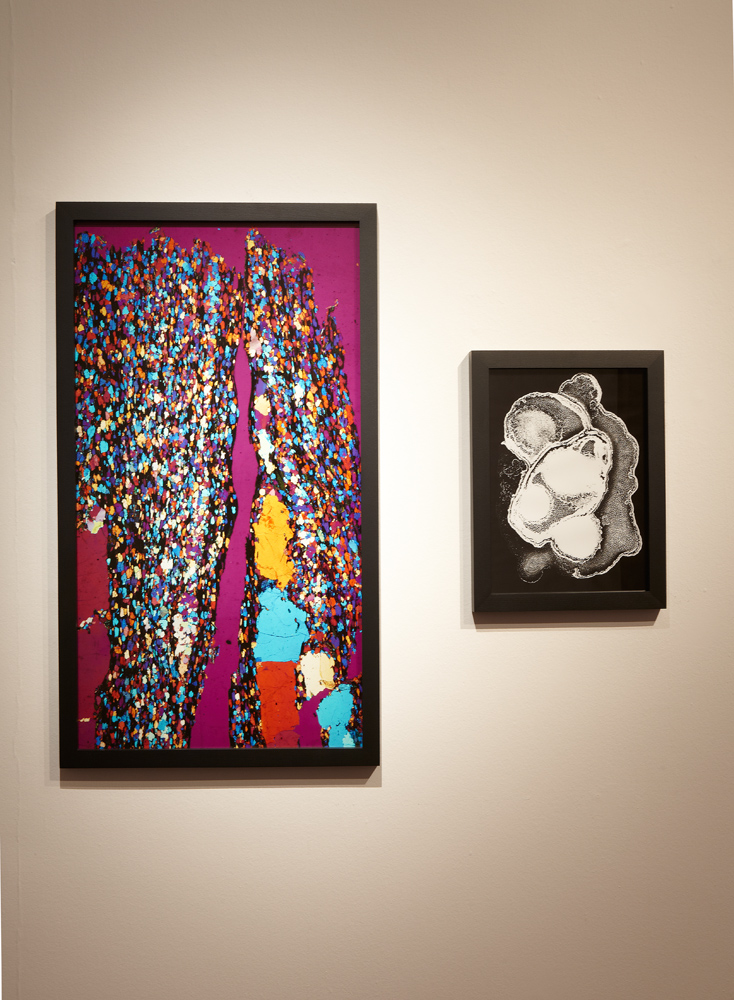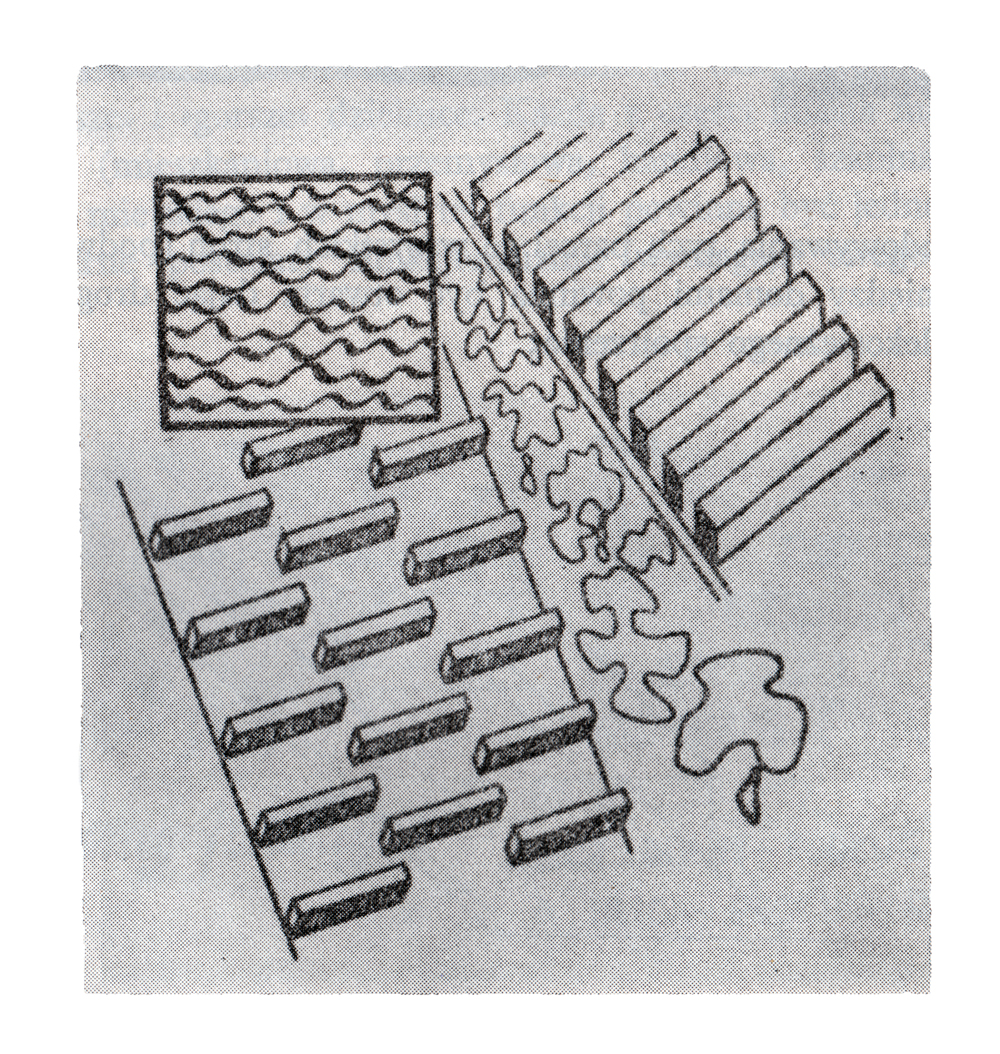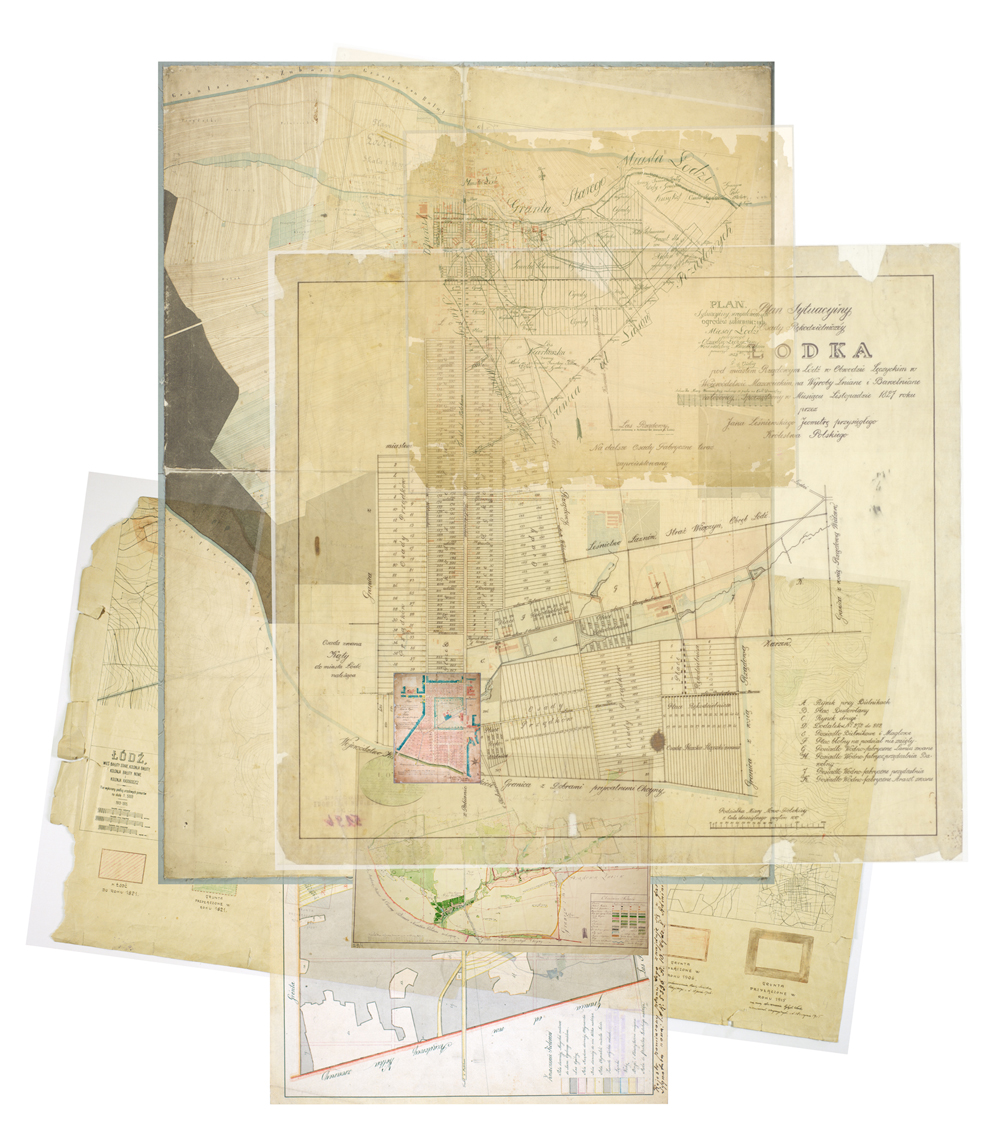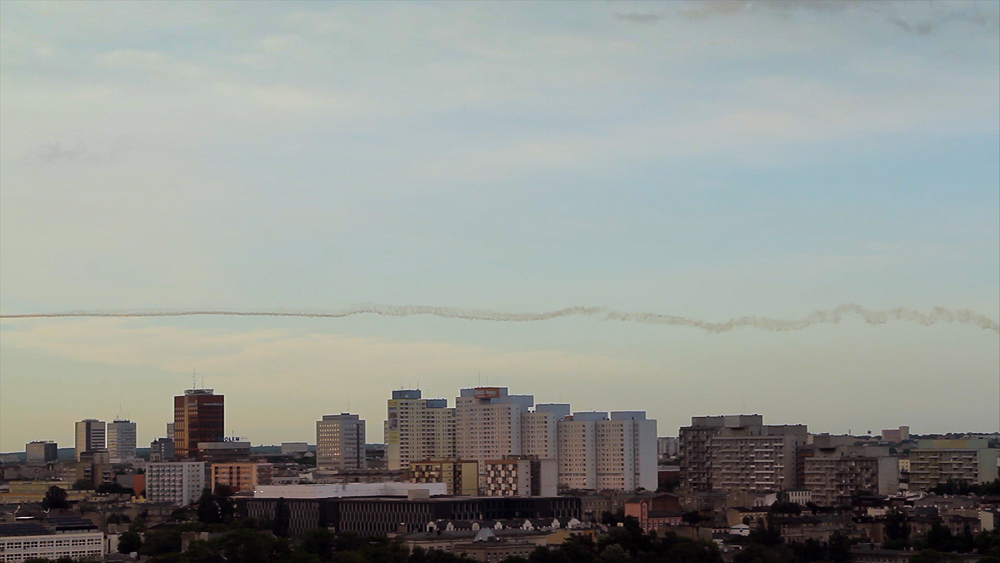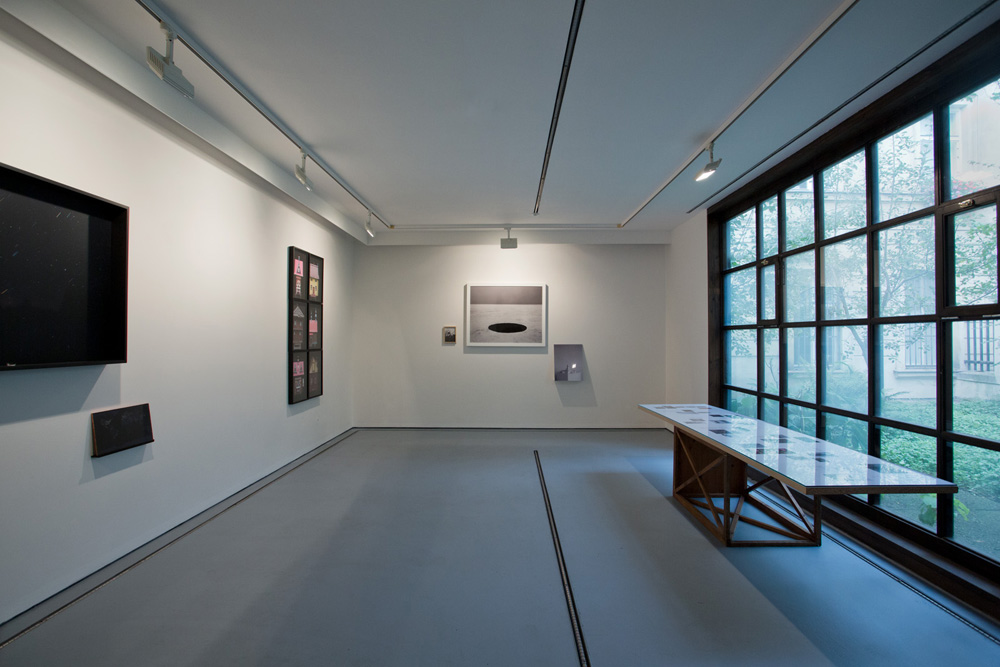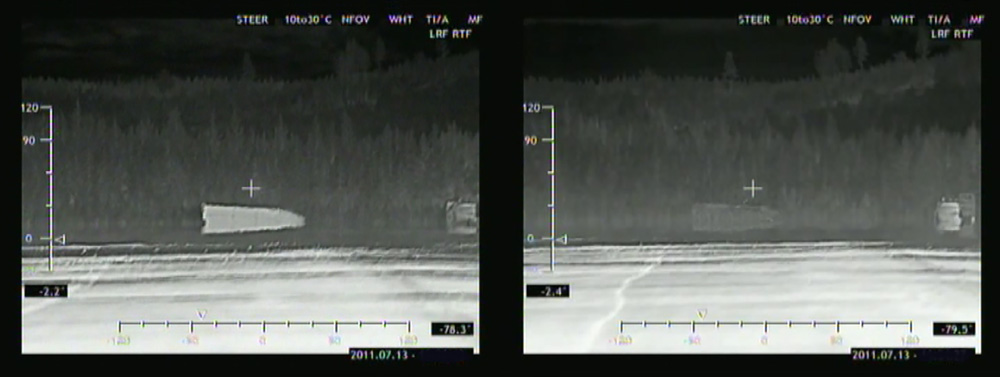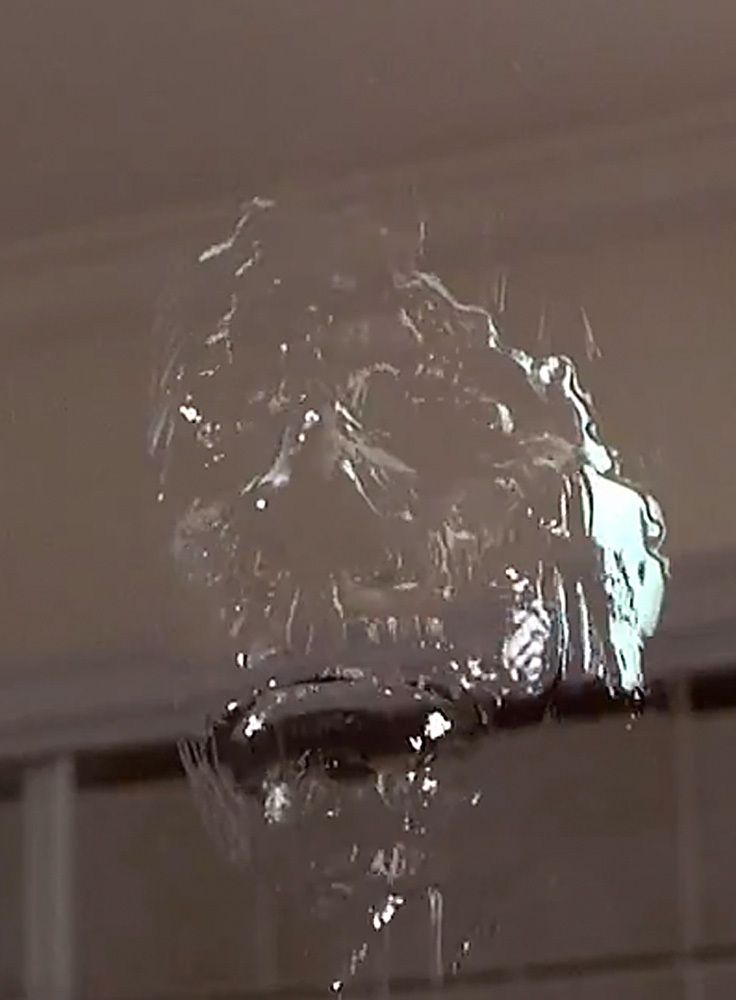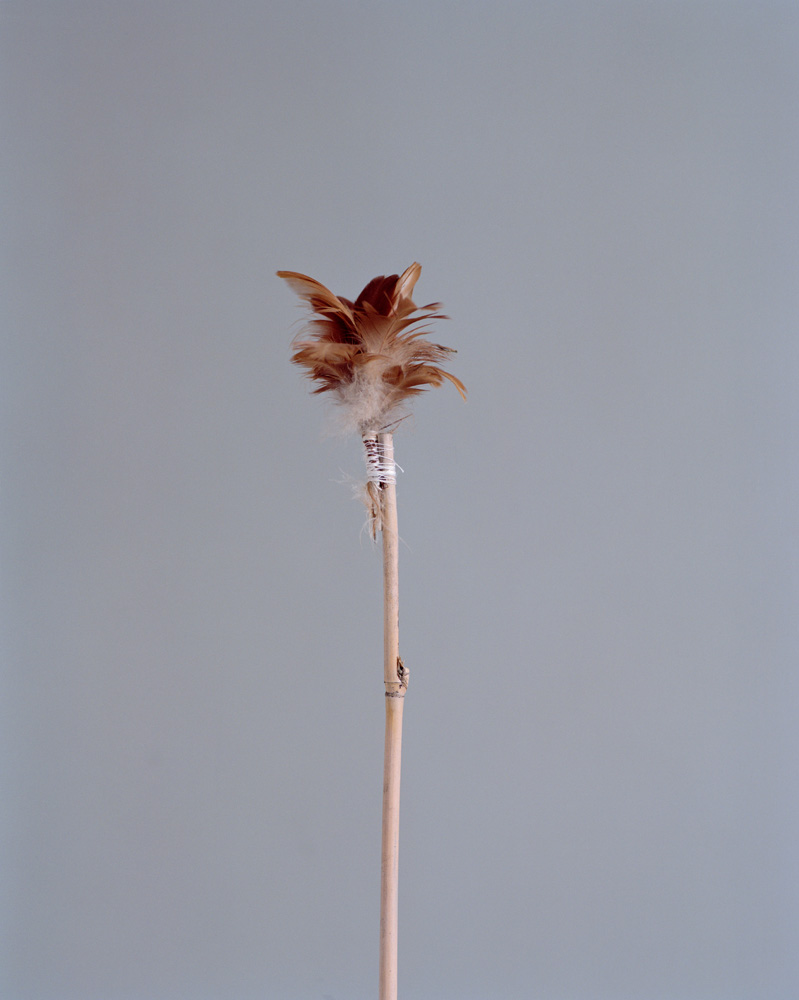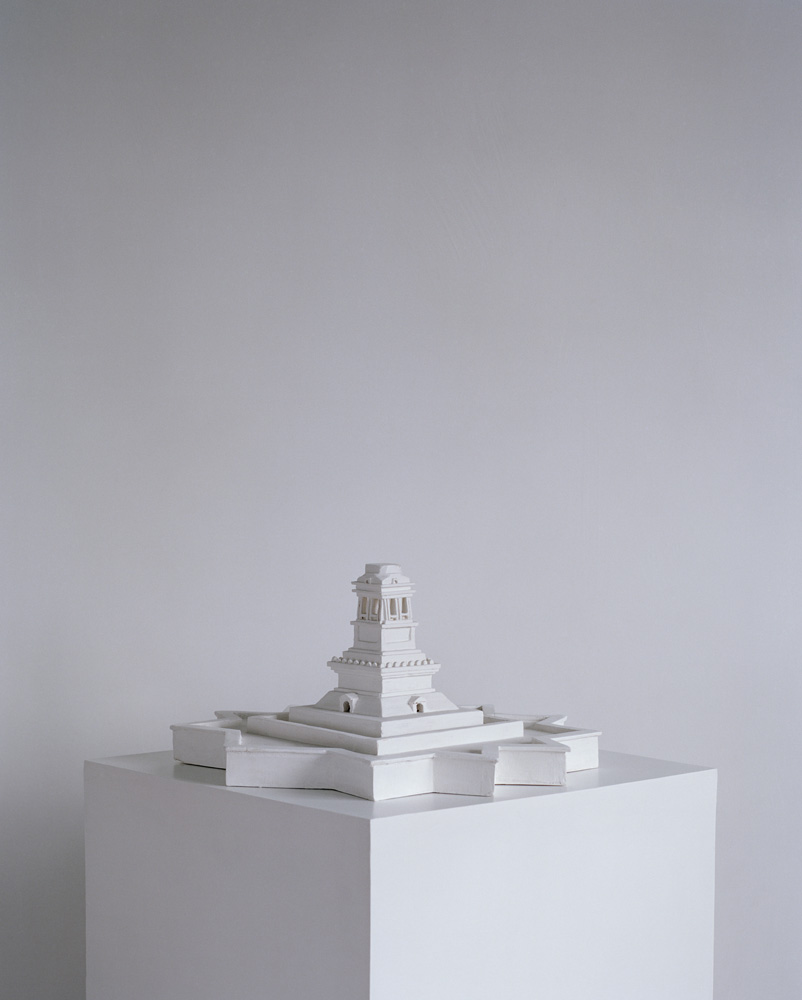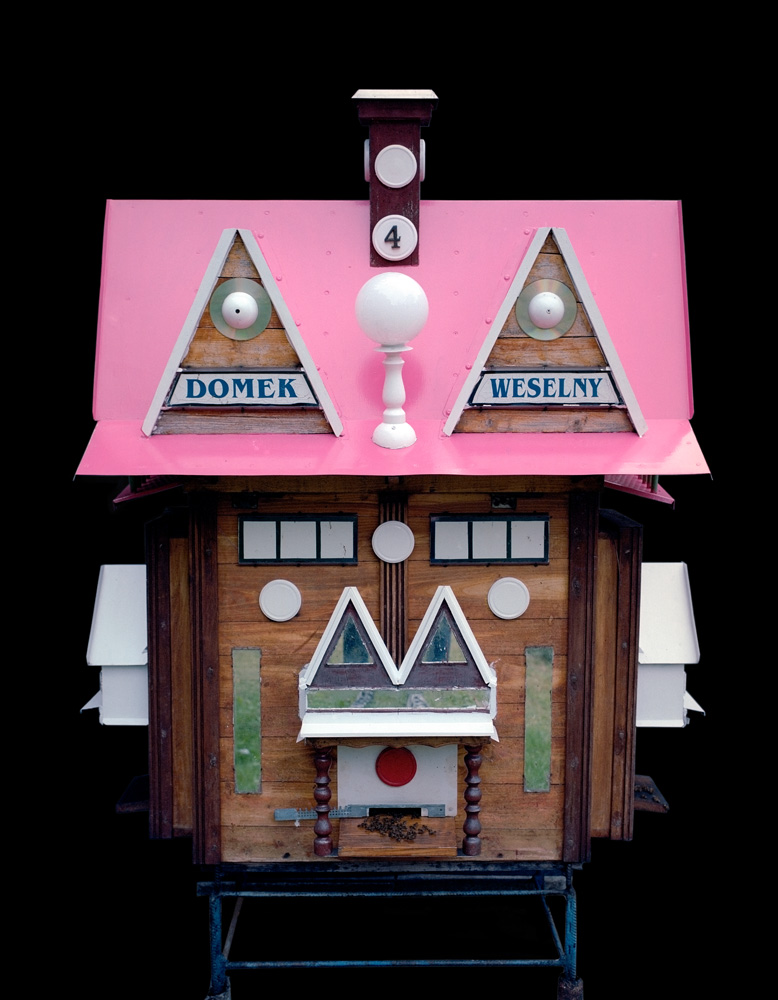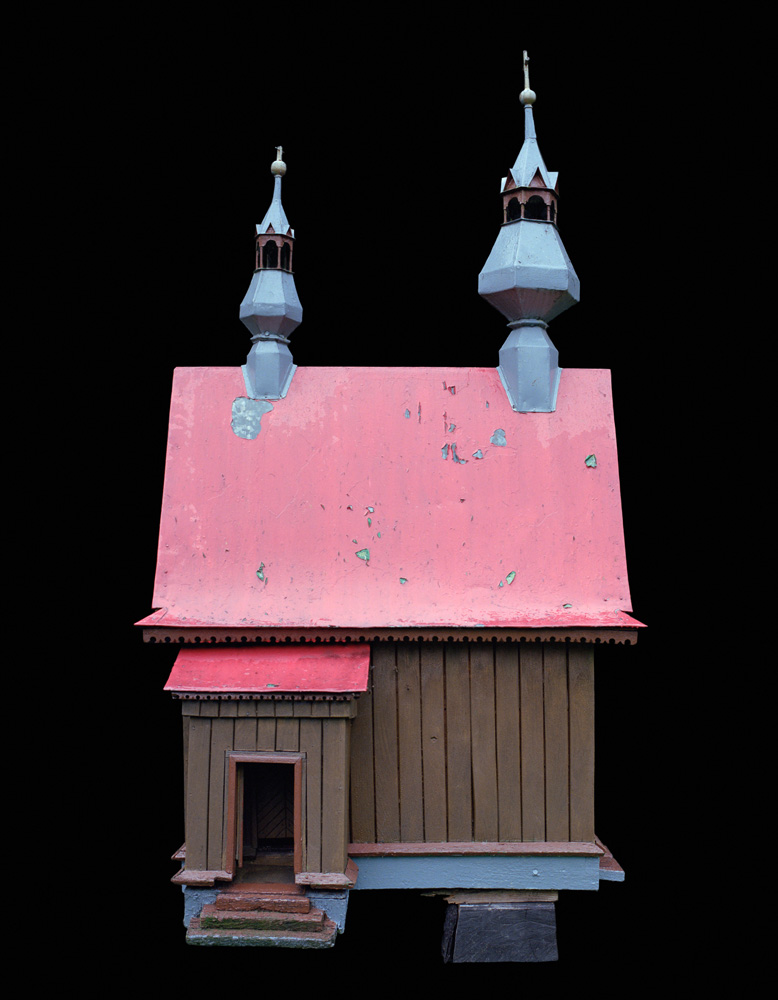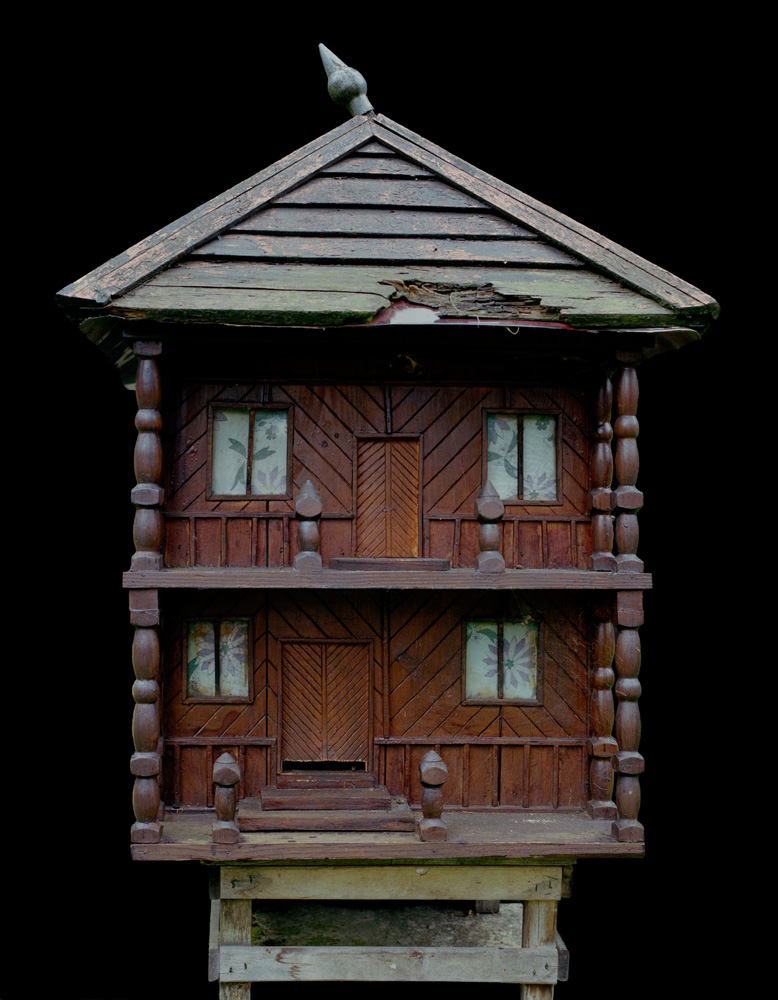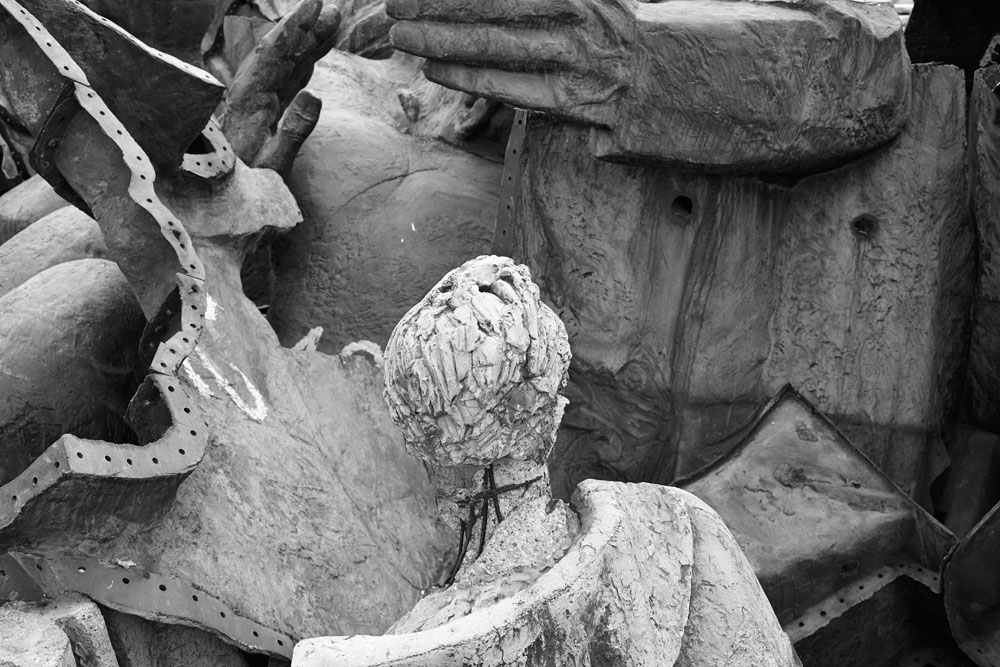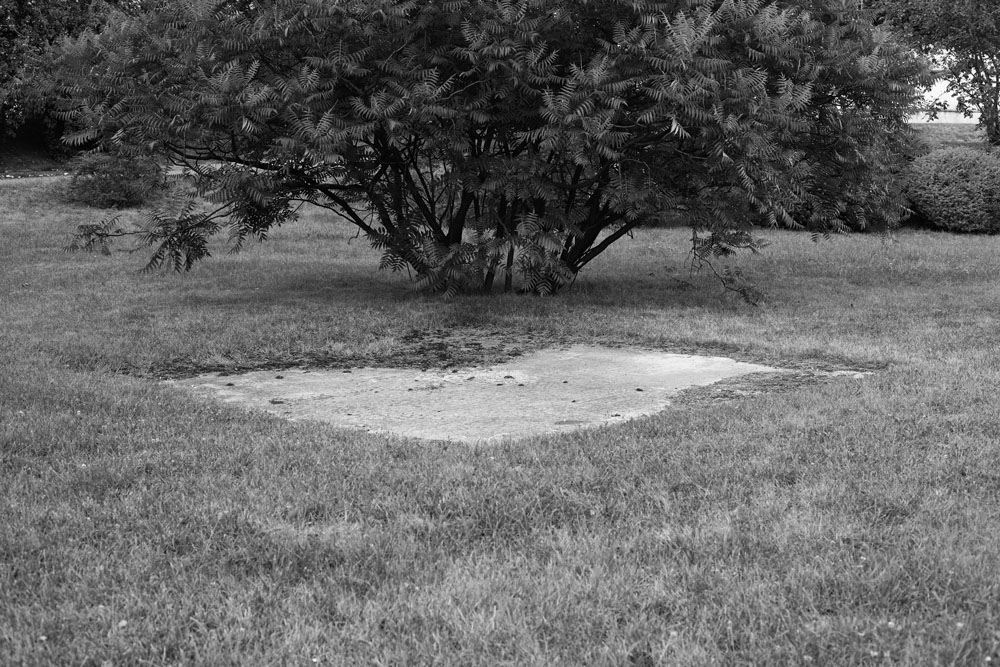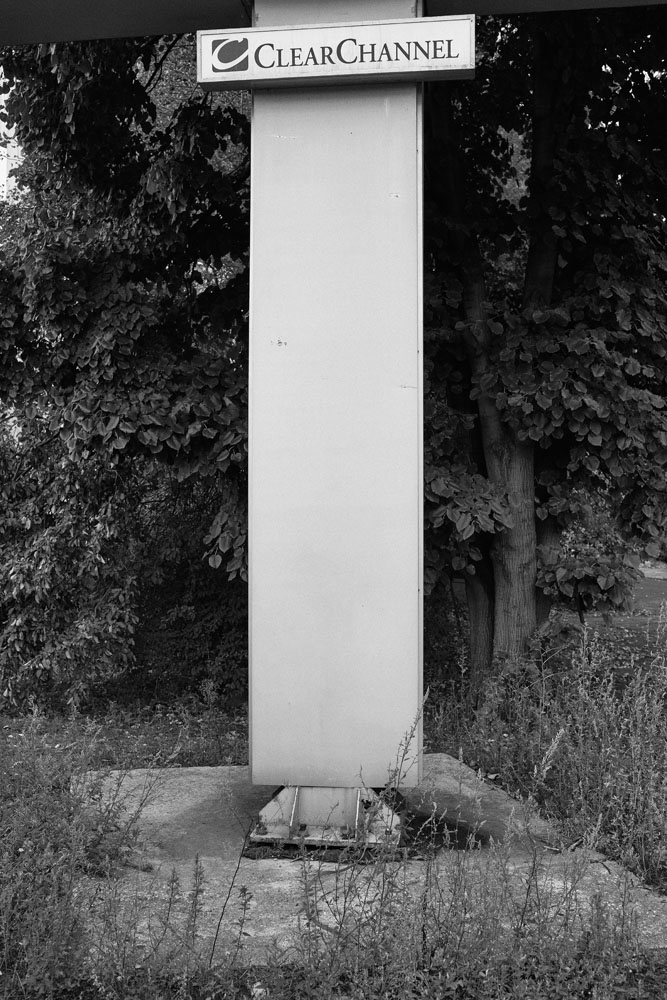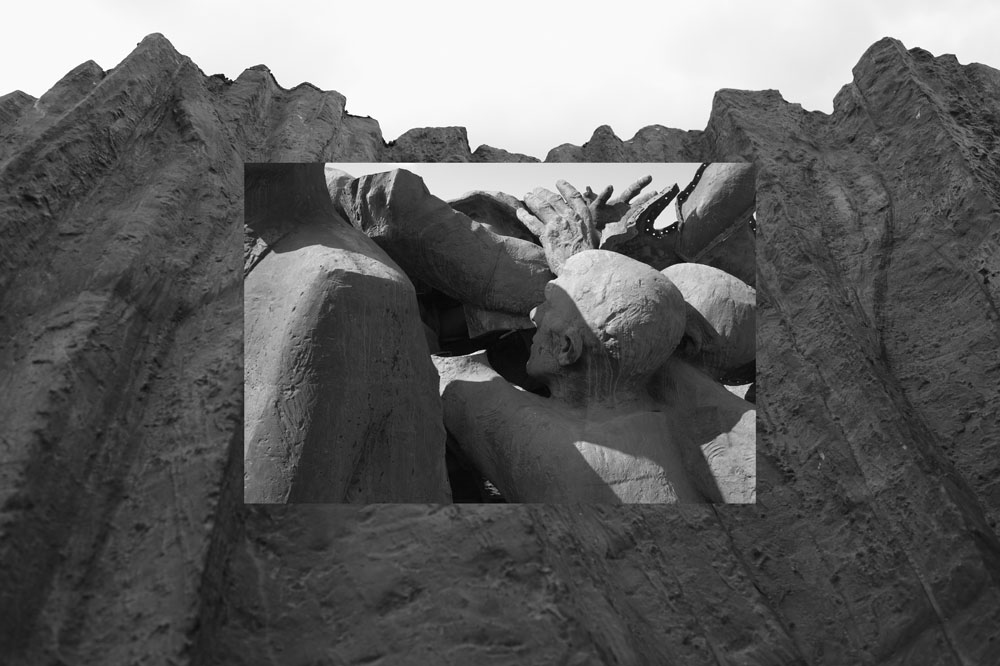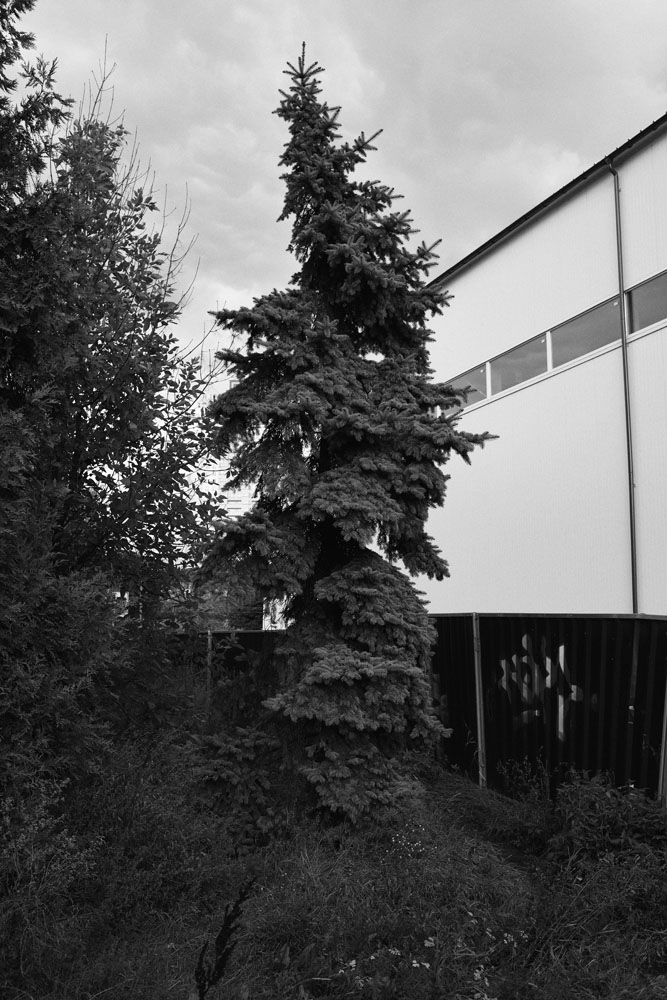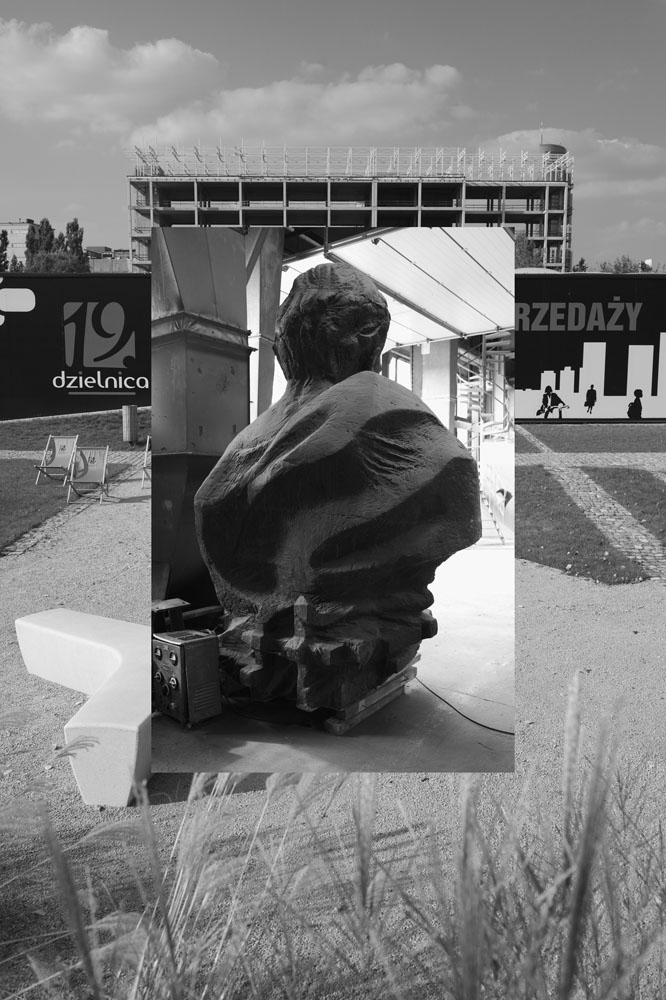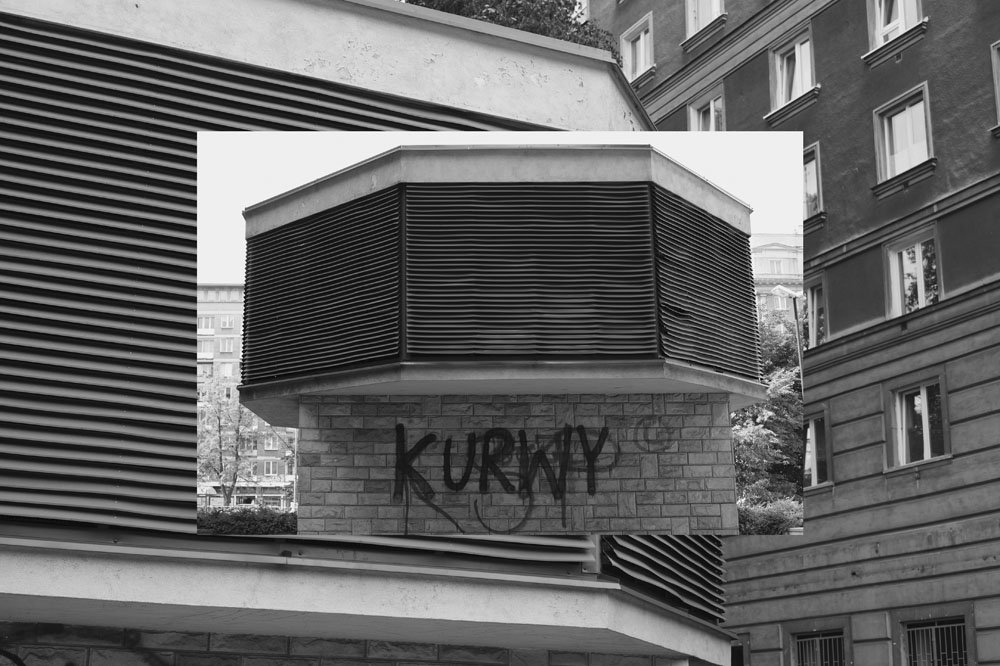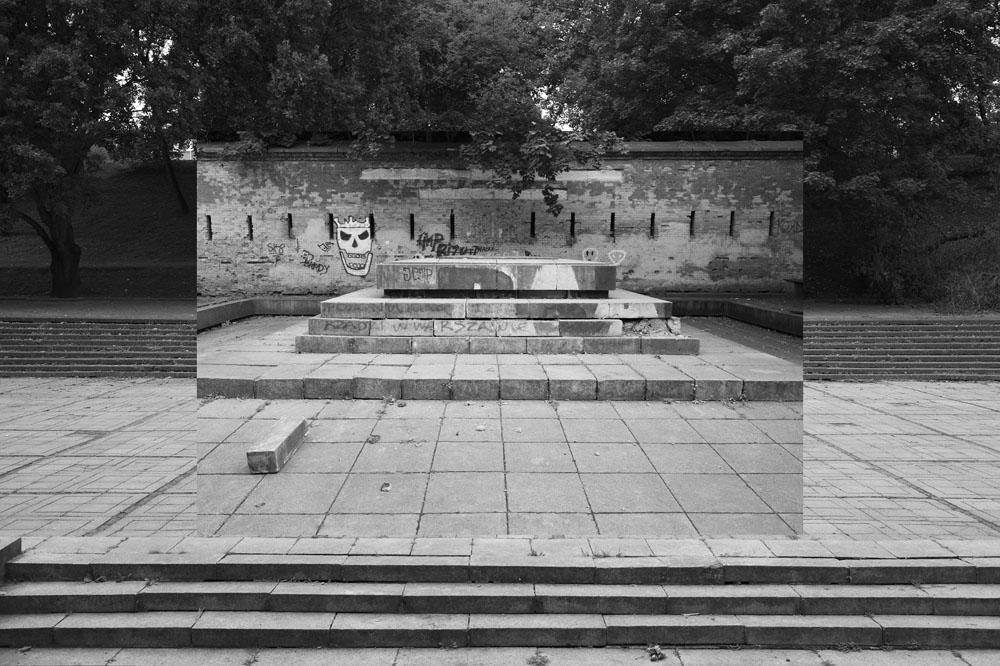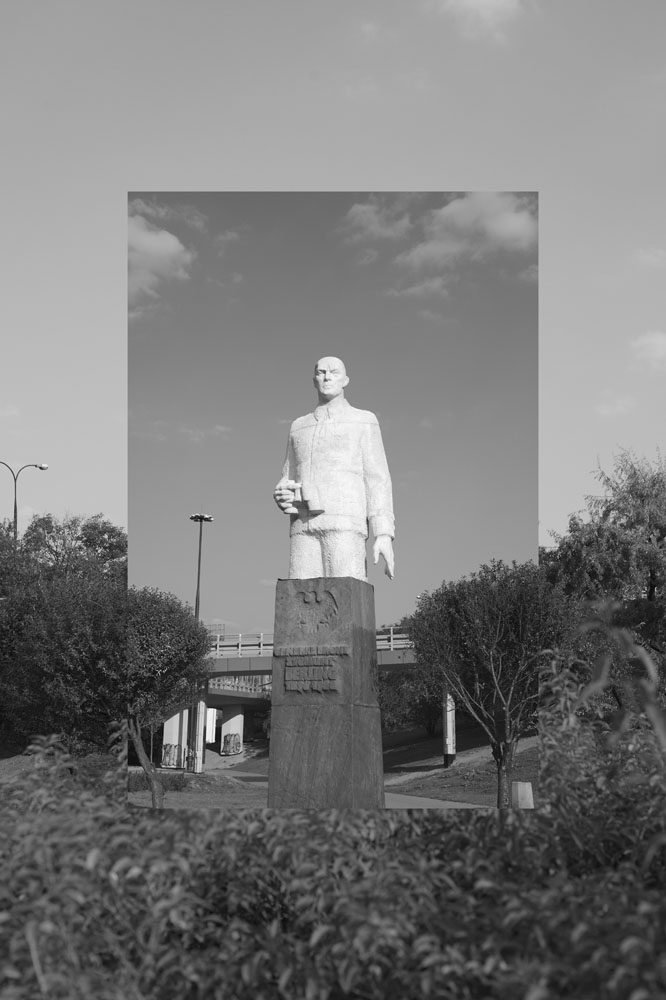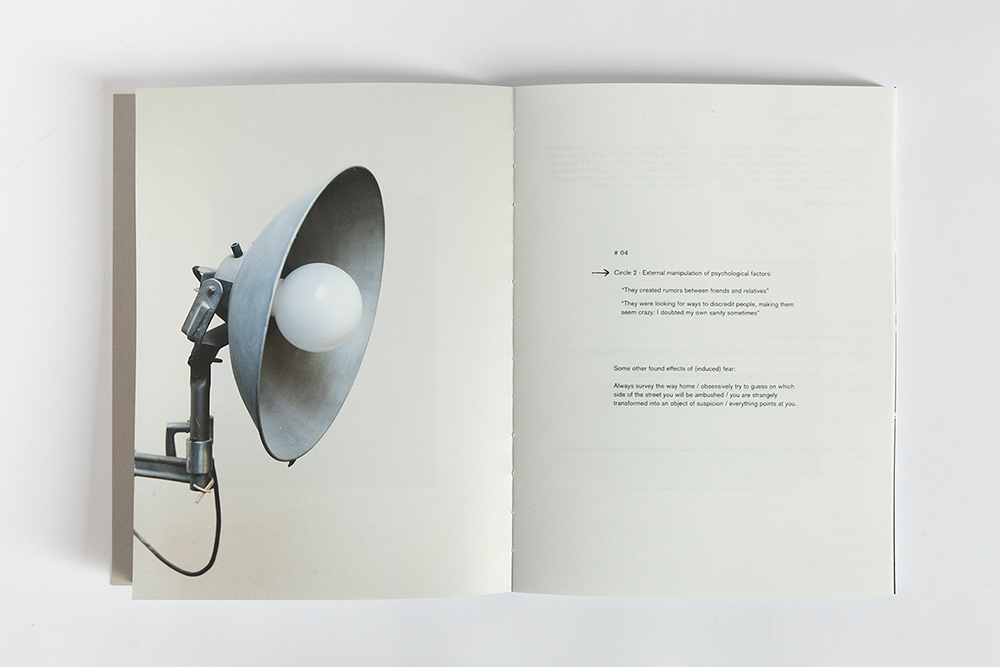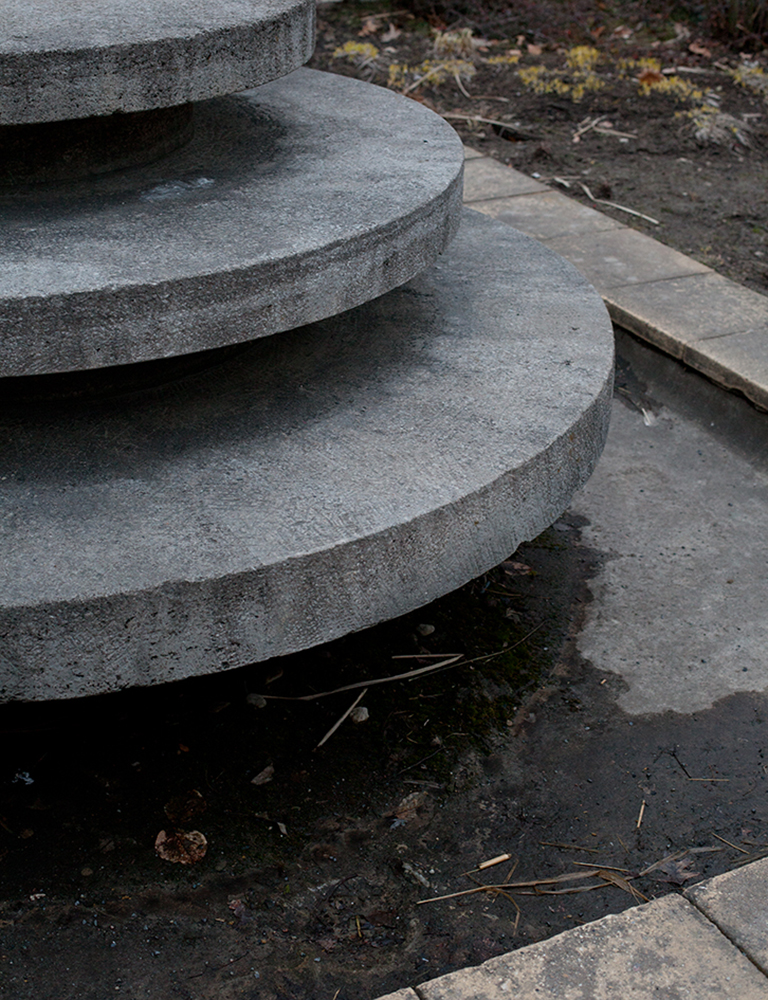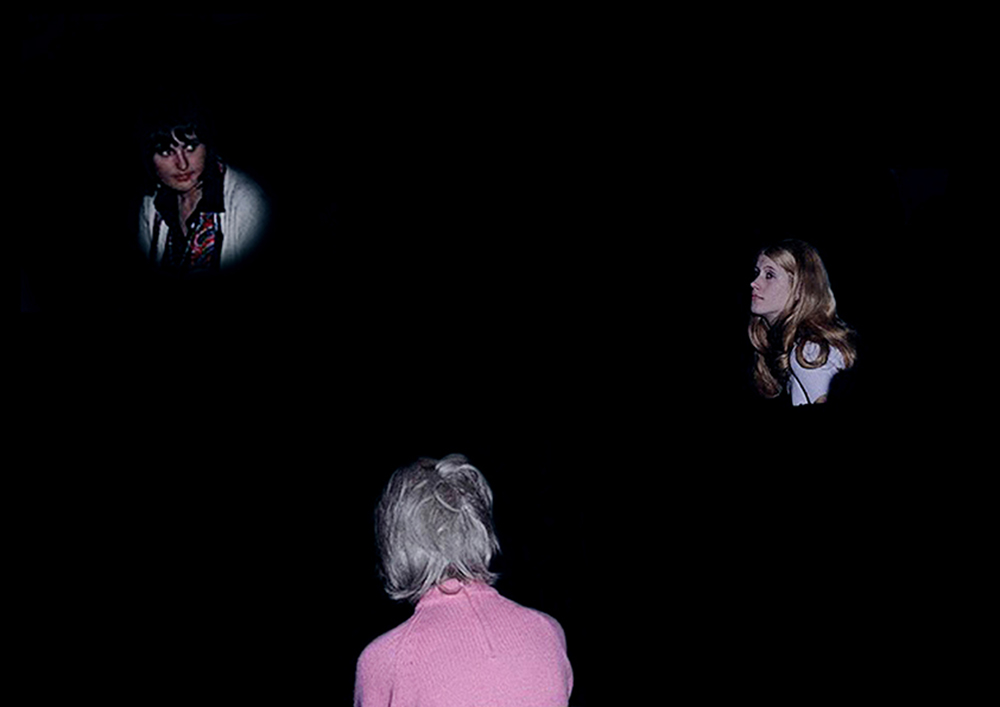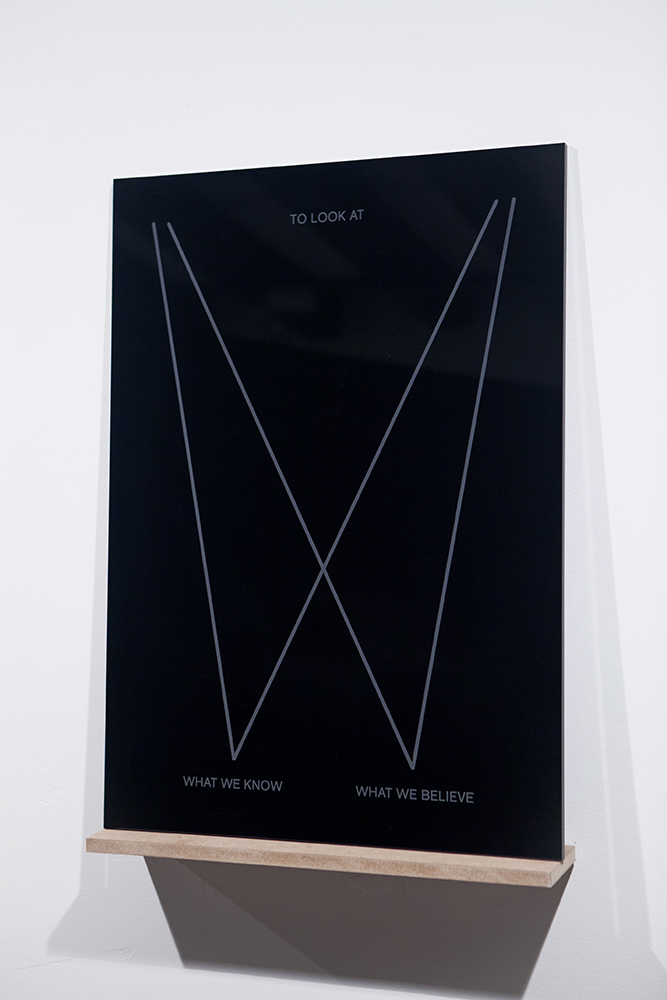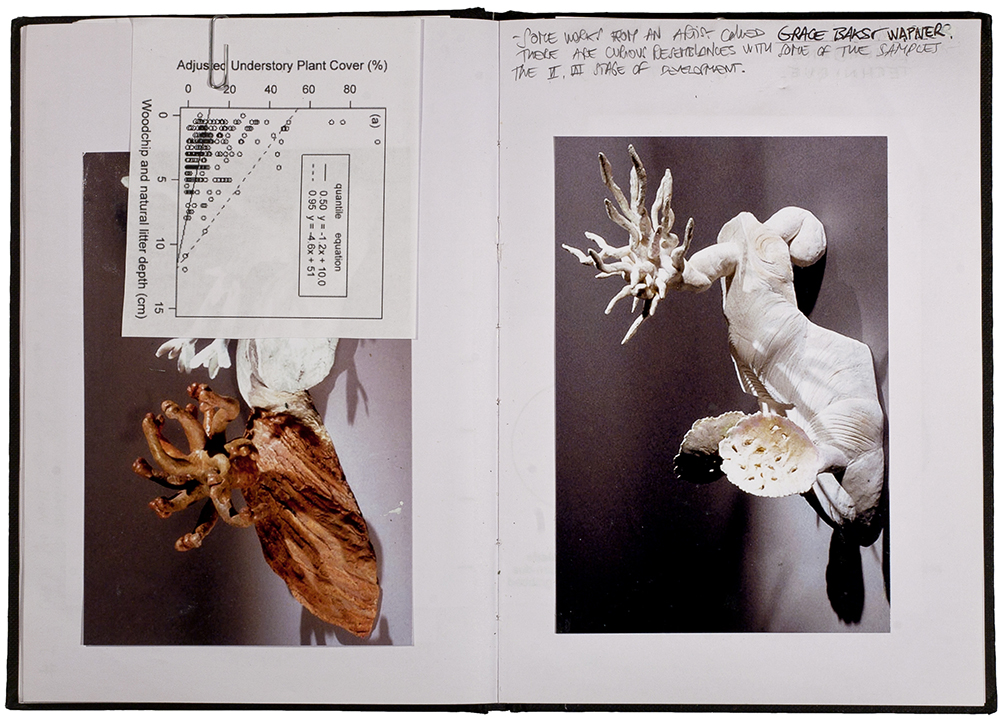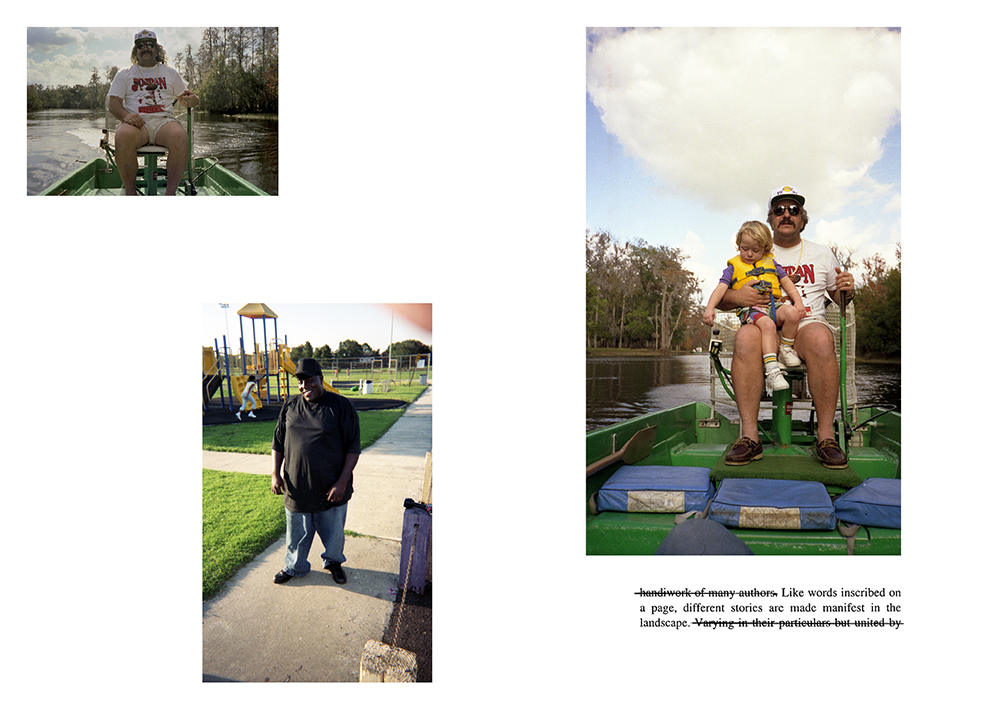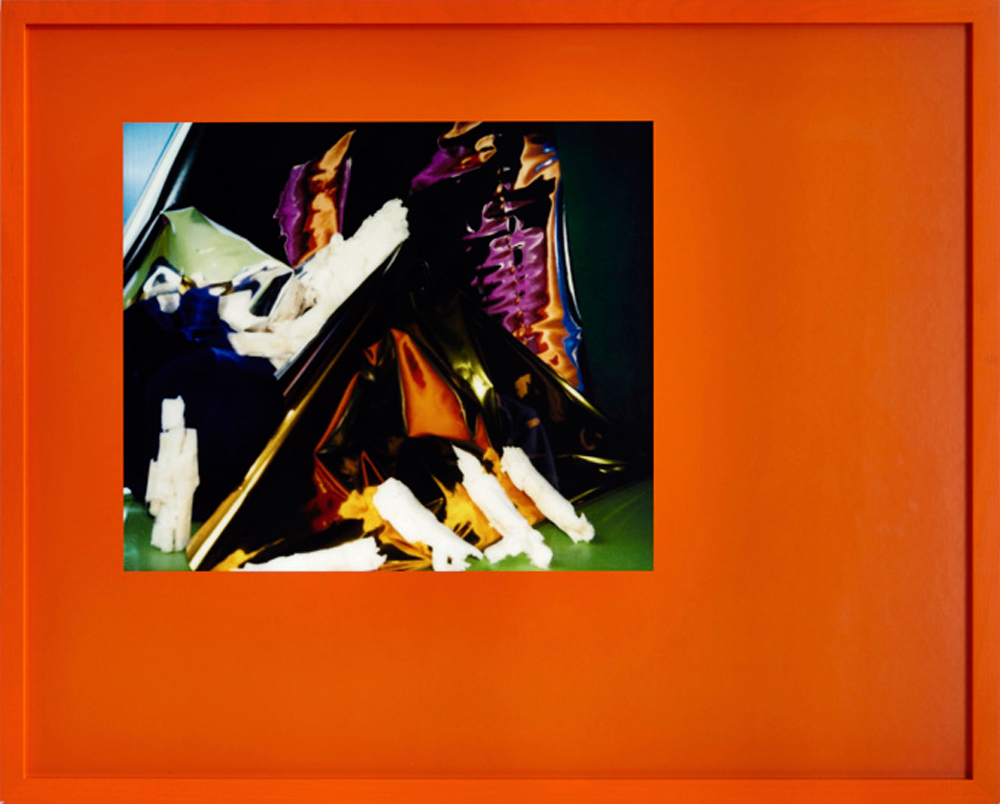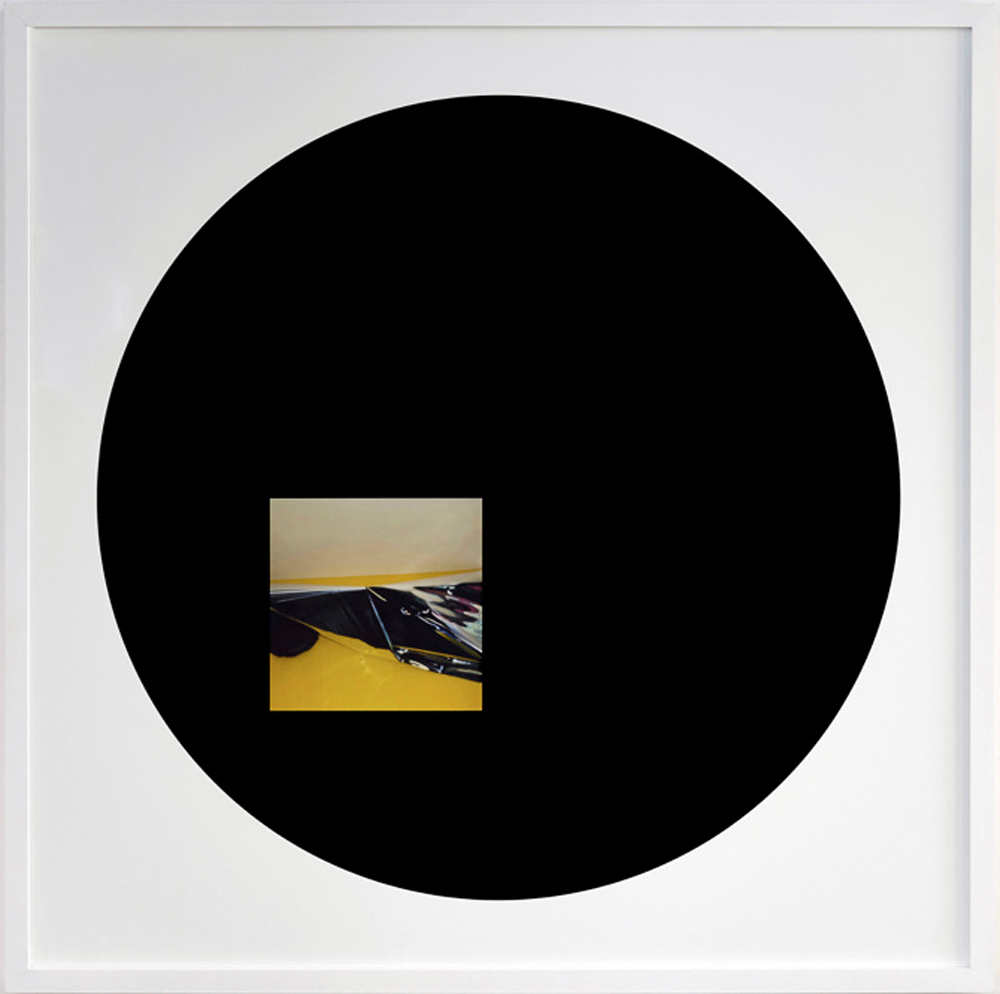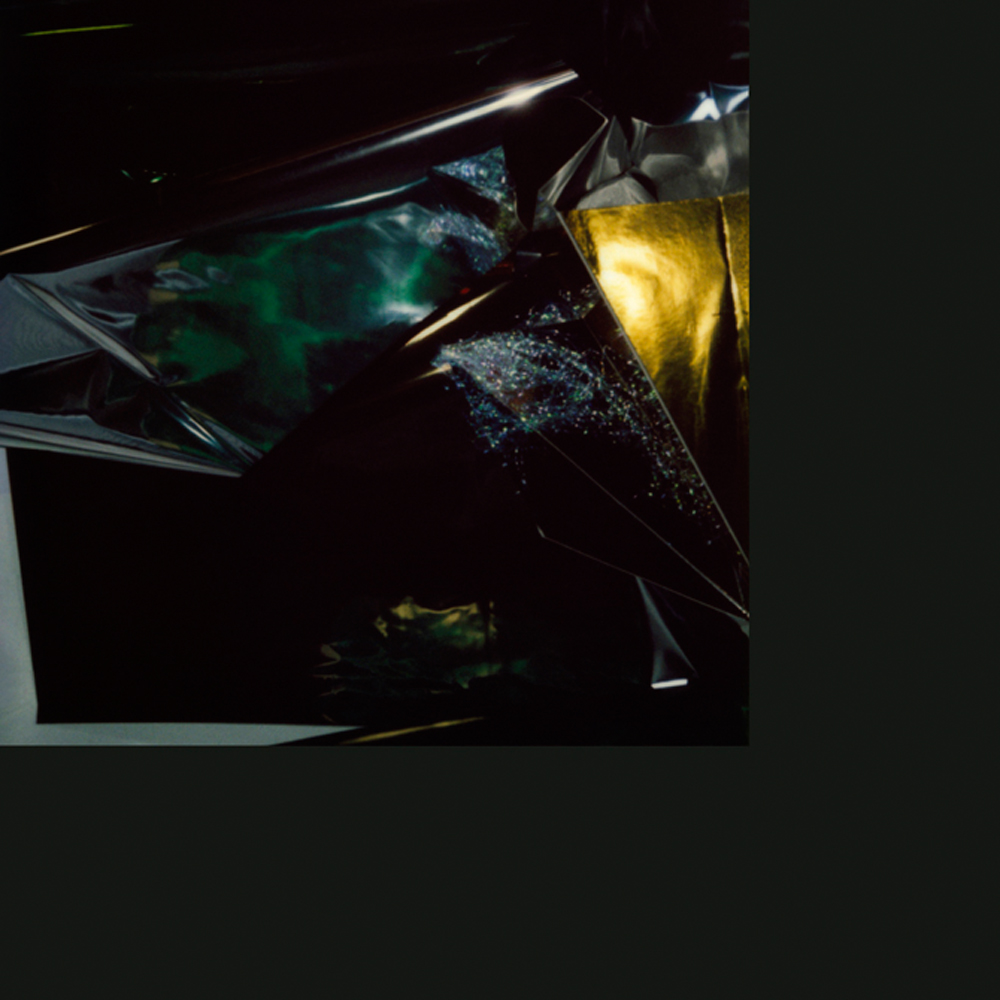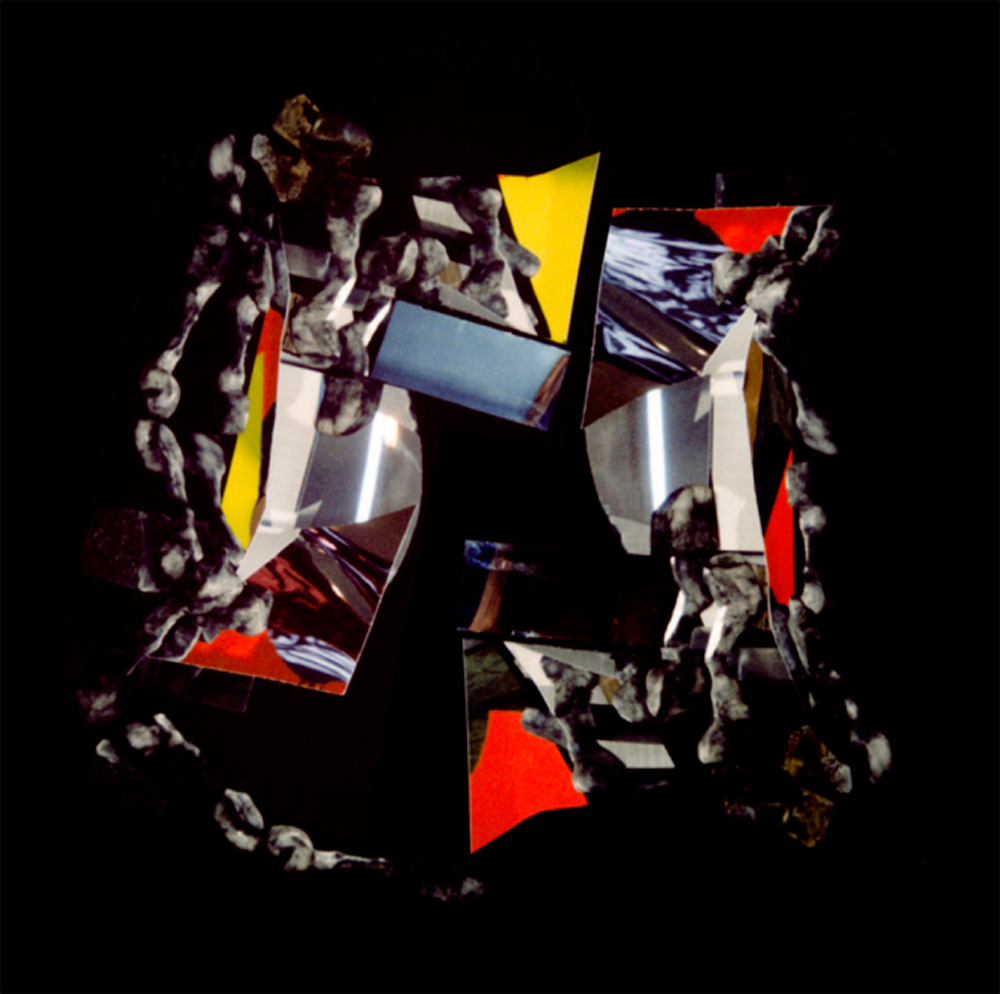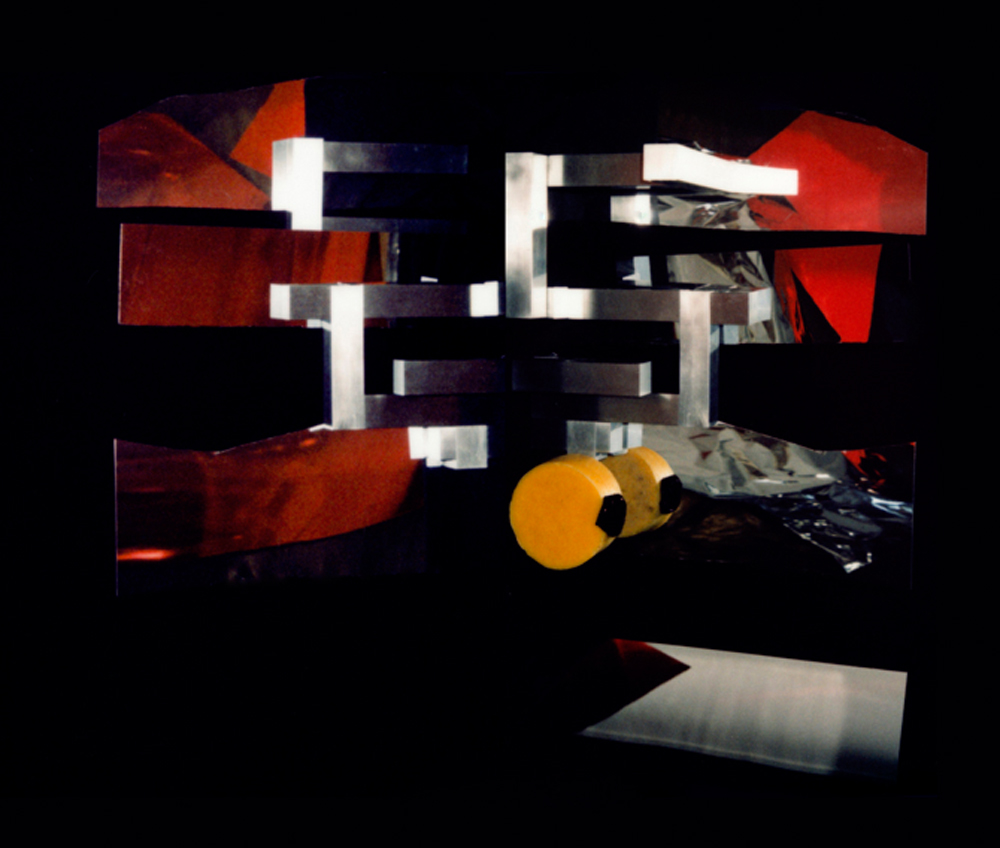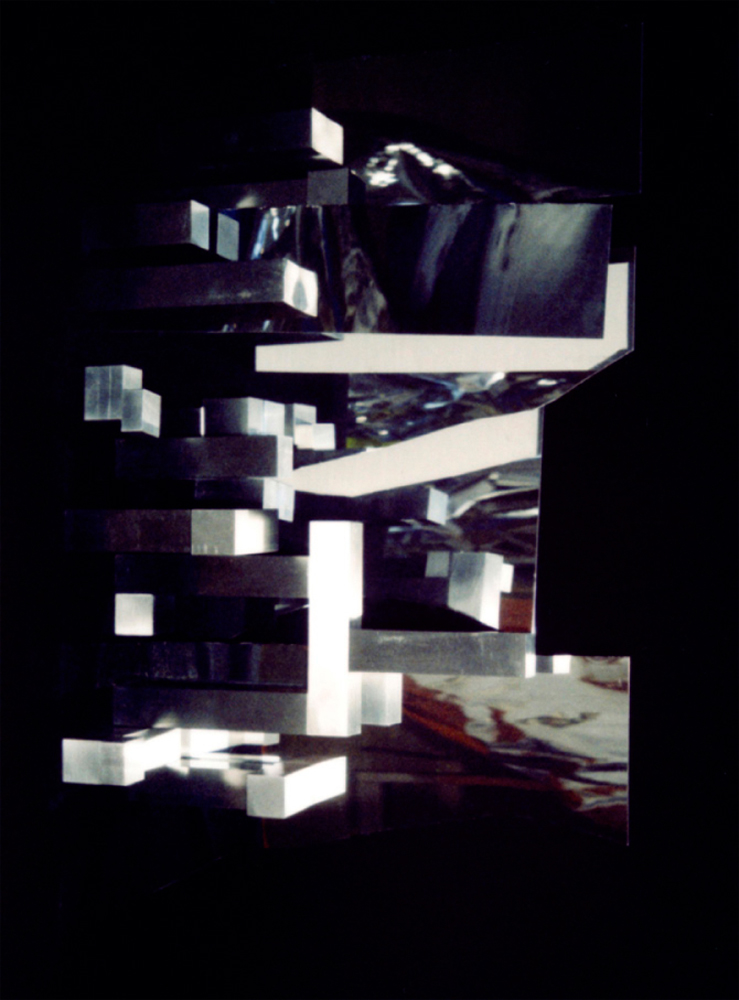Amanda Boe
Artist Feature
Every week an artist is featured whose single image was published by Der Greif. The Feature shows the image in the original context of the series.
Igor Omulecki - Waveherd – 3rd part of Family Triptych (2010-2013)
Dec 17, 2014
Waveherd is the final instalment of the Family Triptych, which Igor Omulecki has created over the last five years. The other two parts are Lucy and It. The triptych has been directly informed by the artists private life, at a time when he and his wife are expecting their first child. The symbiotic relationship between life and work the growing up of ones kids, ones relationships with one’s spouse, parents is constantly present in the triad, and one should actually say that it is its bilateral character that inspired the work in the first place. However, the Triptych is not a chronicle of the vivisection of a family’s everyday life. Despite using photography whose exhibitionist potential is well known this is not a story about privacy and access to it. The possibility disappears from our sight very quickly. (Excerpt from the text by Jakub Śwircz)
Artist Blog
The blog of Der Greif is written entirely by the artists who have been invited to doing an Artist-Feature. Every week, we have a different author.
Published in:
»Guest-Room Matthew Leifheit«
Igor Omulecki – Kosmos (2013-2014)
Dec 23, 2014 - Igor Omulecki
For my last post, I share with you my new project »Kosmos« showed at Gallery PF CK Zamek in Poznan. Thank you to Simon and Der Greif team for featuring my work! It’s been a pleasure to contribute to this blog! Kosmos 2014 In the centre, between the macro and the micro scale, one finds a human being, the artist, who attempts to find a human order in the mass that surrounds him. In his quest for that order he utilises various scientific and quasi-scientific methods, tries to touch, penetrate, identify the fragments of the world which human senses are capable of recognising. He knows, however, that further on, beyond the precision of the human eye, beyond the sensitivity of the human ear, the world extends into infinity, while the ever new devices created to explore it only make us realize how far the road to knowledge goes, leaving us profoundly unsatisfied. Igor Omulecki, an artist of an inquiring disposition, creates eclectic and by default open pieces. Each stage of the work might lead him to completely unknown parts; thus, setting out from photographs of a starry sky he arrived at the techniques of geological imaging, then to limestone cuts, and then on to microscopic images of the skin, and further still – by way of photochemical experiments – to photographic record of sound waves (cymatics). In a purely intuitive manner, he found his own subjective order among those experimental images: this is no scientific order, no scholarly taxonomy, but an order of an artist who is fascinated with the diversity of form in which the world manifests itself depending on the tool we use to examine it. Nevertheless, photography remains one of the major tools or research, since it aspires to be the most objective of all imaging techniques. Still, even the microscopic and macroscopic photographs created in an “objective” process of mechanical reproduction will ultimately be viewer’s subjectively perceived images. At the end, one always finds the aesthetic. Text: Dorota Walentynowicz
Mateusz Choróbski – The draught
- Igor Omulecki
Today I want to share with you work of the young, talented conceptual artist Mateusz Choróbski. The draught – puplic action, performance action, video, drawing, map, found object (2013) A jet flew over the city of Lodz and its vicinity. The altitude is low and the speed makes the plane difficult to spot. The only element that can be sensed is the sound, which spreads all over the city, and a trail: the lines, which a plane usually leaves behind. The route was set in accordance with the direction of Piotrkowska street - the north-east axis. I am interested in the relation between the society/individual and space. Their functioning in the area that they took possession of - both tangible and emblematic one (by way of habits or acceptance of the life conditions).The Draught project refers also to the characteristic architecture of Lodz. It caught my attention due to, among other things, its current status which I personally consider to be adherent to the past. It is worth-noticing that Lodz is a Polish mutation of Corbusierowski's modern city, therefore it is inscribed into the theories of mystic city being unlimited in its totality, boundless space which is asymmetrical and deprived of representation. more projects at: www.mateuszchorobski.com
Anna Orłowska – Case study: invisibility
Dec 21, 2014 - Igor Omulecki
Today I would like to share some works of my colleague Anna Orłowska. "Case study: invisibility" The presented images are part of a larger collection dedicated to the notion of invisibility and its diverse significations and connotations. The question of how to show something invisible is essential. It illustrates the desire to expand the field of perception, which has always been the driving force of photography. What stays in the shadow and remains invisible symbolizes the limits of cognition, but at the same time poses a question about the relationship between the visible and knowledge with its power. Sight dominates our time as a tool of defense and aggression, giving us a false sense that we have seen (and learned) too much. The collected images are of various origins – some are documentation, some interpretation, some have been photographed and some appropriated. www.annaorlowska.com
Krzysztof Pijarski – »Lives of the Unholy« (2009-2013)
Dec 20, 2014 - Igor Omulecki
Hi everybody, today I would like to share some works of my colleague Krzysztof Pijarski. Krzysztof is a great artist, theorist and lecturer at Lodz Film School. »The Lives of the Unholy« are a visual archaeology of the city of Warsaw, an attempt at looking closely at the phenomenon of the destruction of monuments in Poland in times of political transformation. The project tries to bring forth the complex network of connections between monuments, sites, and histories, to question the logic governing their appearance and disappearance, and to explore the stratifications in the mute narratives of those places. Today the fact that Warsaw was rebuilt after the war as a promise of a social utopia is practically invisible. Its post-war roots have become hieroglyphs. This is an attempt at a visual reading of the city’s hidden grammar, of the mute language it speaks. pijarski.art.pl
Discipula Editions
Dec 19, 2014 - Igor Omulecki
Today I would like to share works of my Italian colleagues Discipula Editions. Discipula is a collaborative research platform operating in the fields of visual culture and art. Adopting various strategies and with a particular focus on the forms and methods of narration, Discipula works delve into the interaction between image and text, fact and fiction, in order to investigate the construction and negotiation of meaning www.discipula.com
Filip Berendt – EVERY SINGLE CRASH
Dec 18, 2014 - Igor Omulecki
Hi everybody, I am glad to have this opportunity to be the guest blogger this week! I`d like to start with »Every single crash«, a work of my Polish colleague Filip Berendt. Every Single Crash is a combination of sharp, aggressive colours, shapes and luminous splinters, made during the artist’s residence at the Taipei Artist’s Villages. Yet, the project does not owe its character merely to the exotic appeal of the Asian destination. Berendt’s works are, above all, studies on the process of colour absorption. The dominant feature of the compositions is their objectlessness. Our attention is grabbed by lines – vertical and horizontal. The photos follow a scheme based on structured colour sets and simple geometrical forms. Figuration has been replaced with a pure aesthetic image. What matters enormously in Berendt’s works is the “situation of impression”. His analogue abstraction betrays a dynamic nature. The viewers are in for a whole lot of stimuli and links at the crossroads of vents. Thus, they find themselves entangled in a space between the rationalised sharp-sightedness and short-sightedness. The aggressive folding of the photographs’ flat surface achieved through its collision with colour first distracts the eye in order to allow it to focus the next moment. What matters less is the pleasure of shapes or obsessive concentration on a given element, which yield priority to the sheer process of soaking the colour. (Text: Piotr Drewko)





